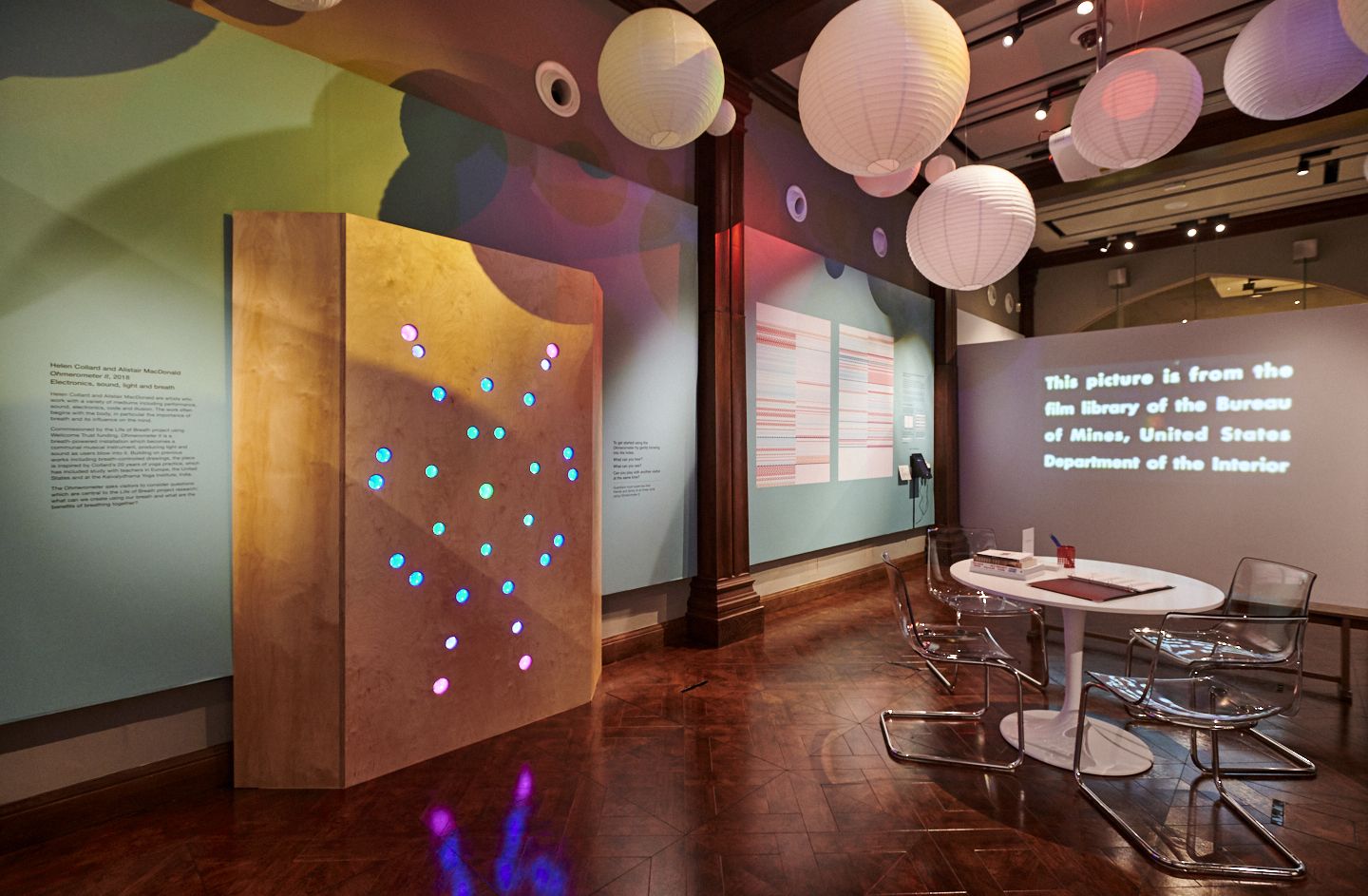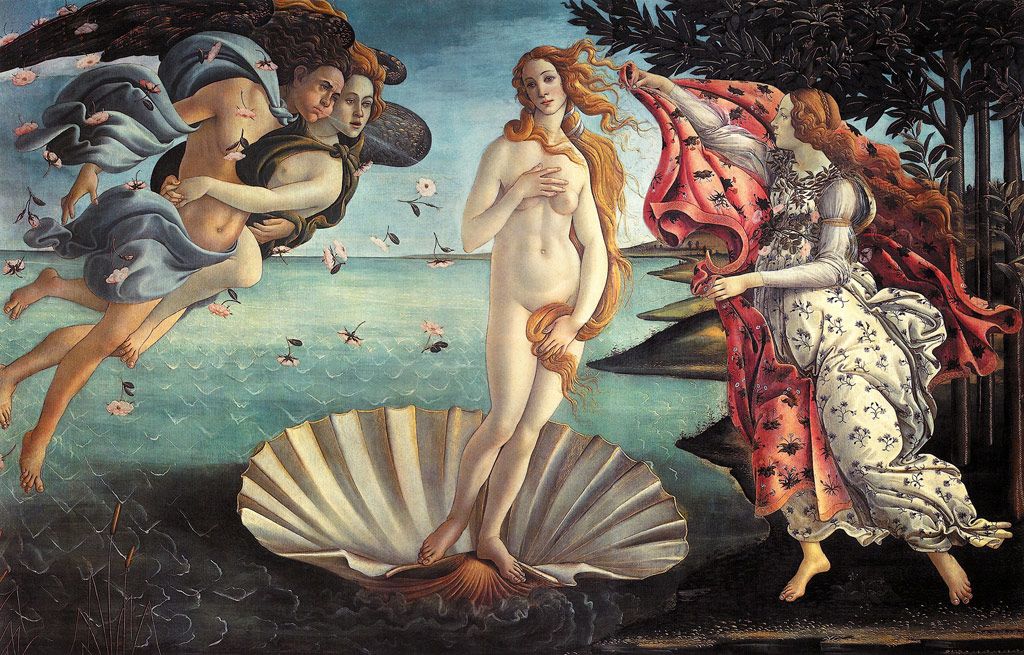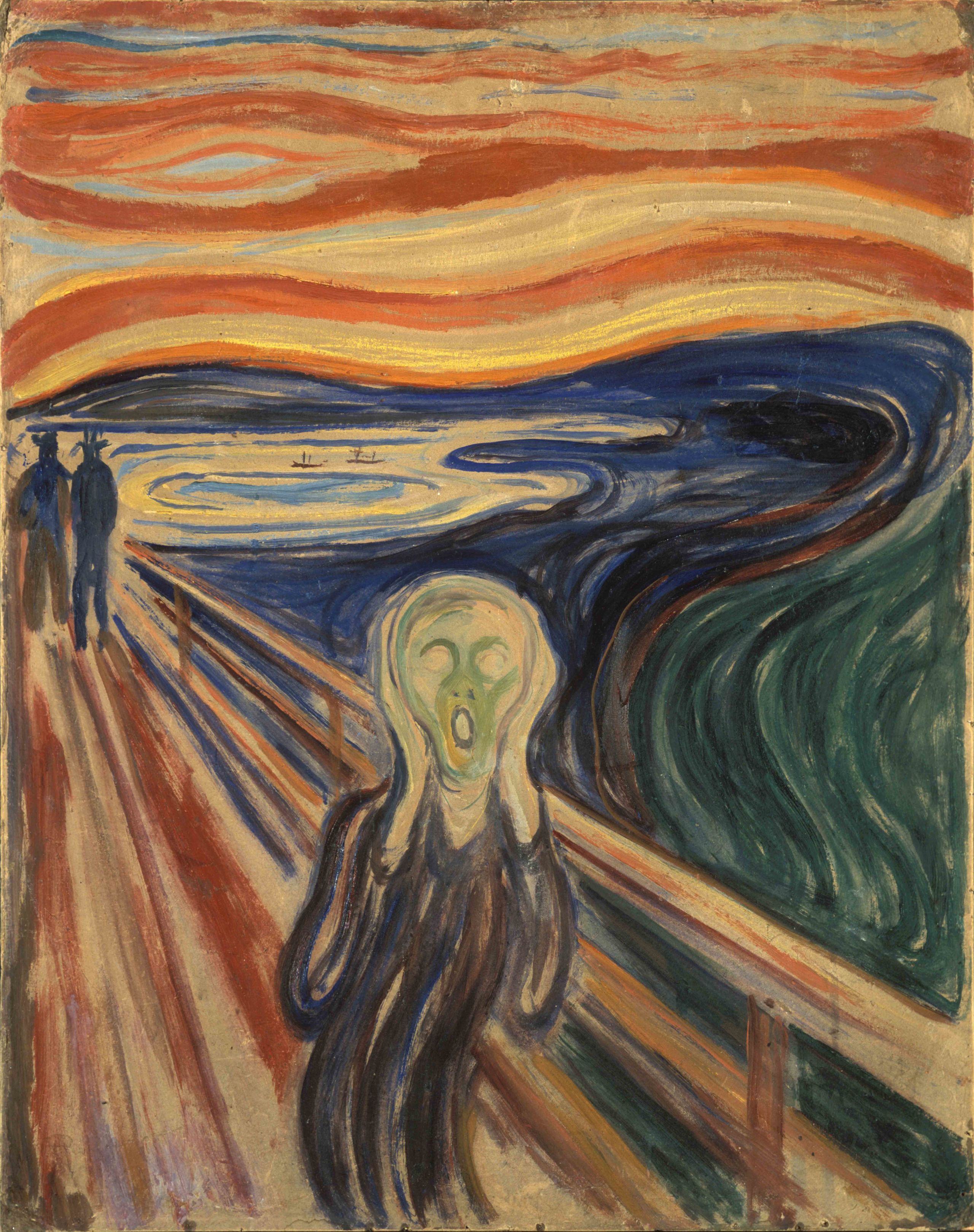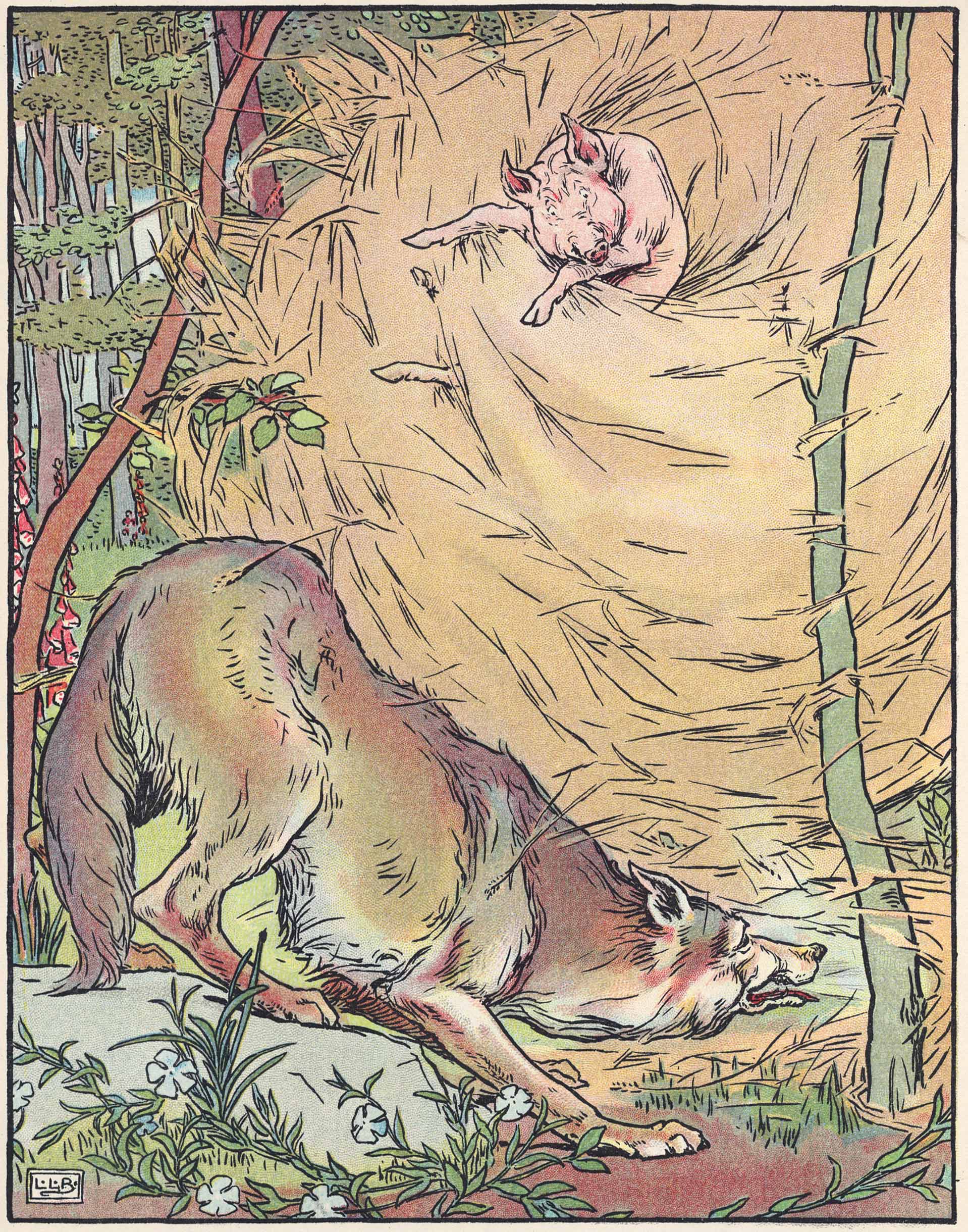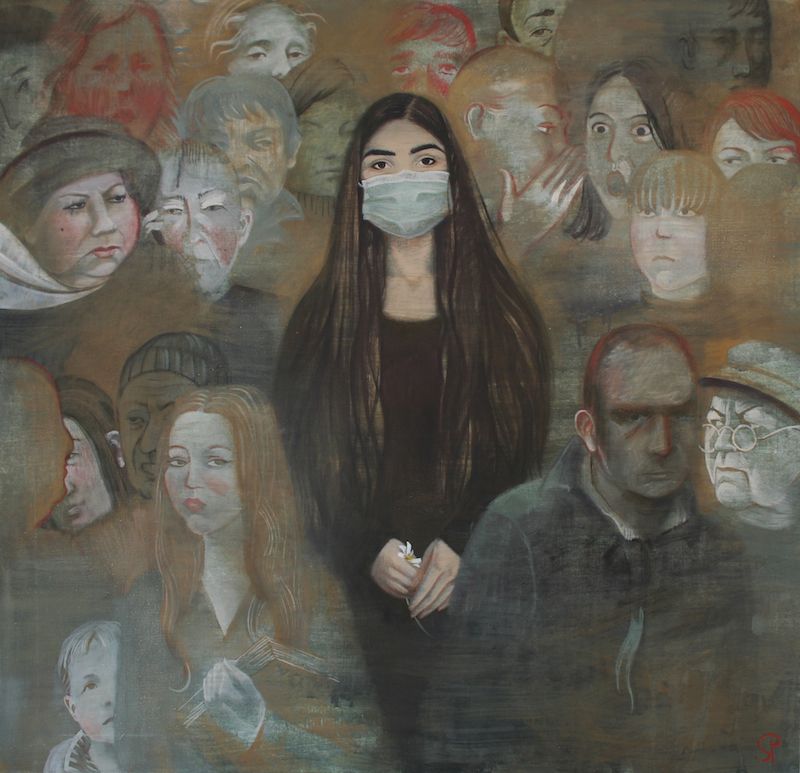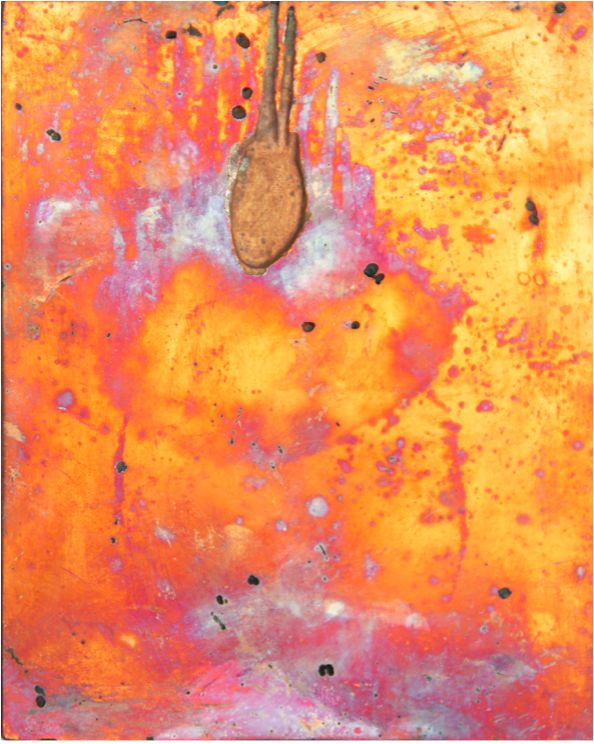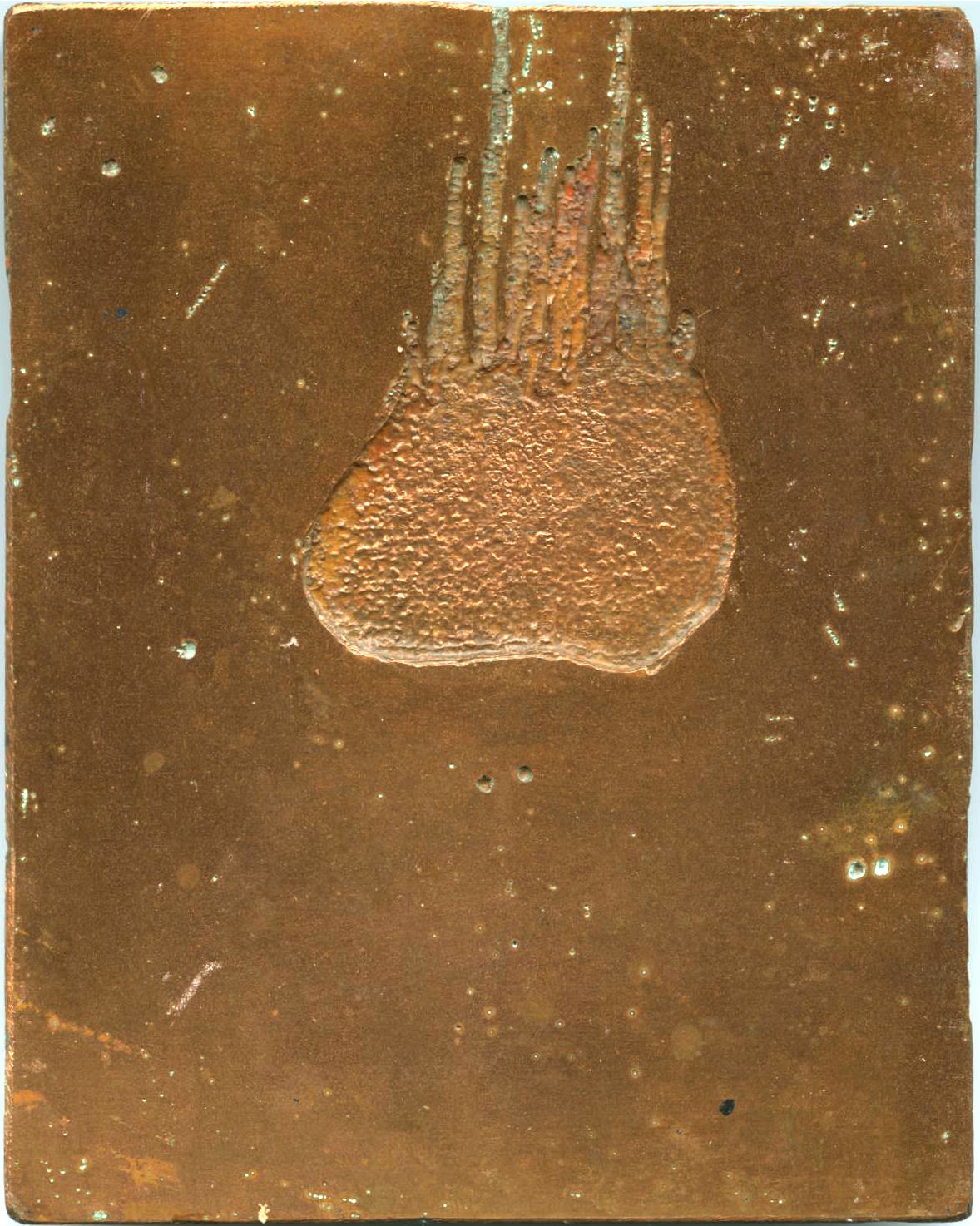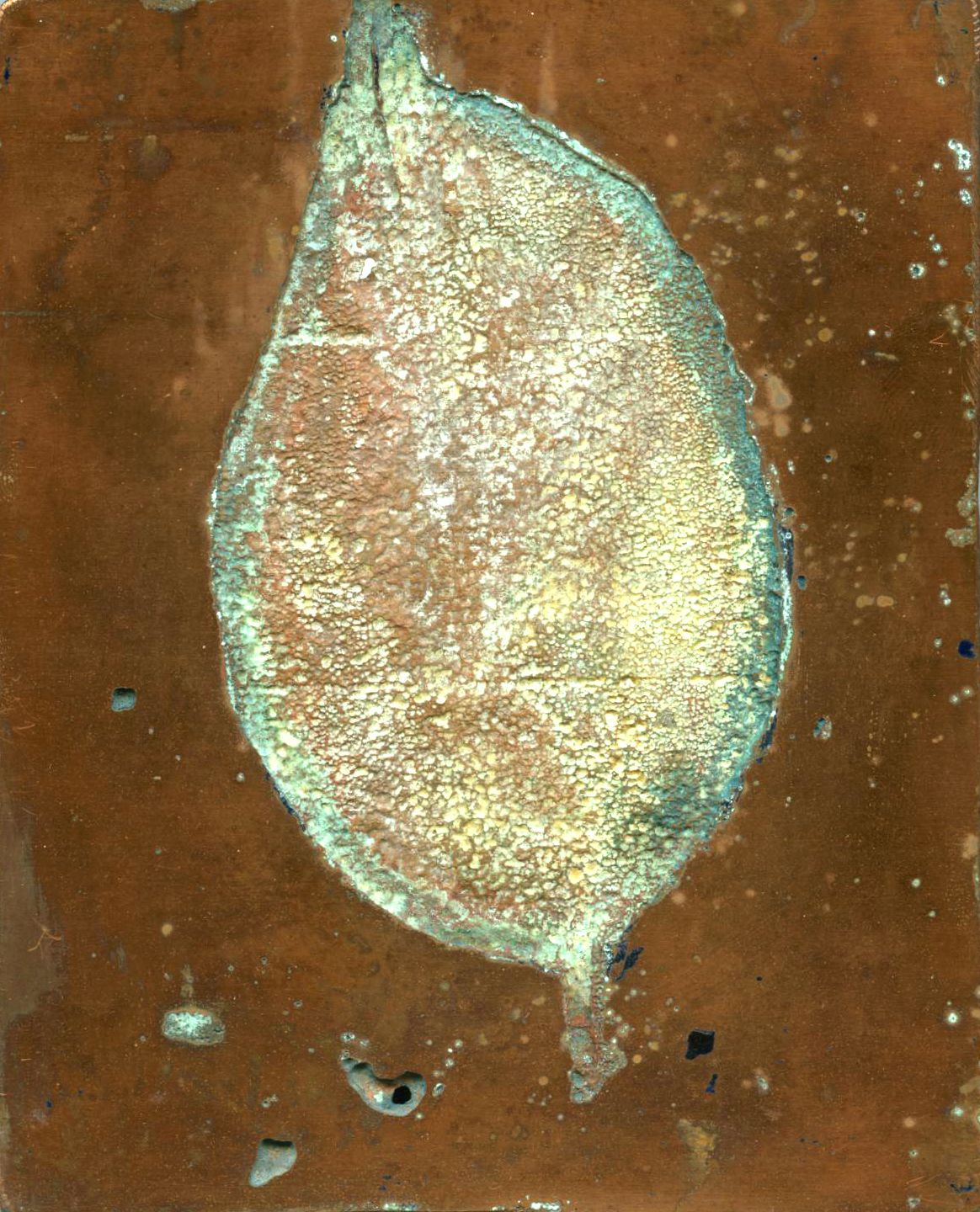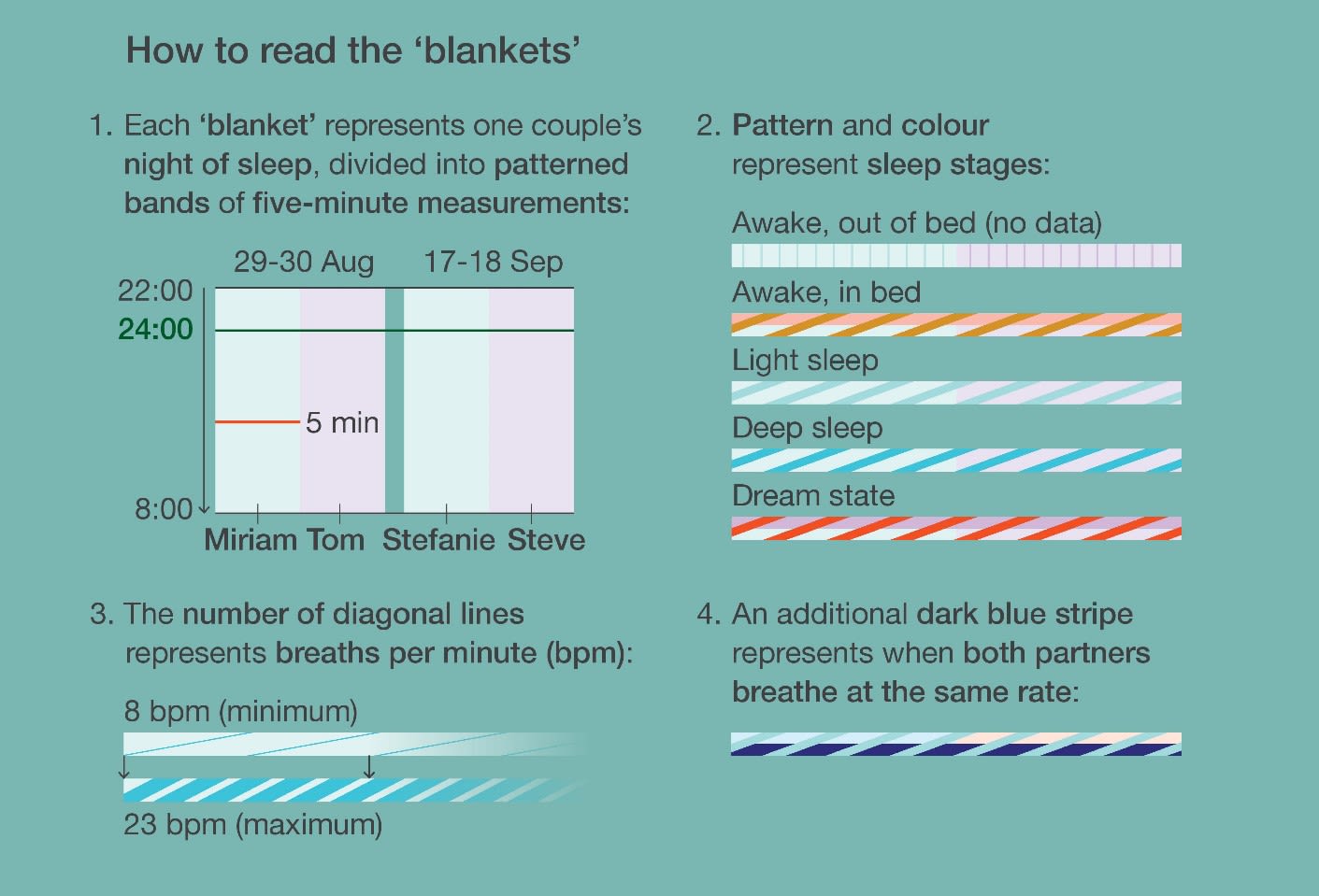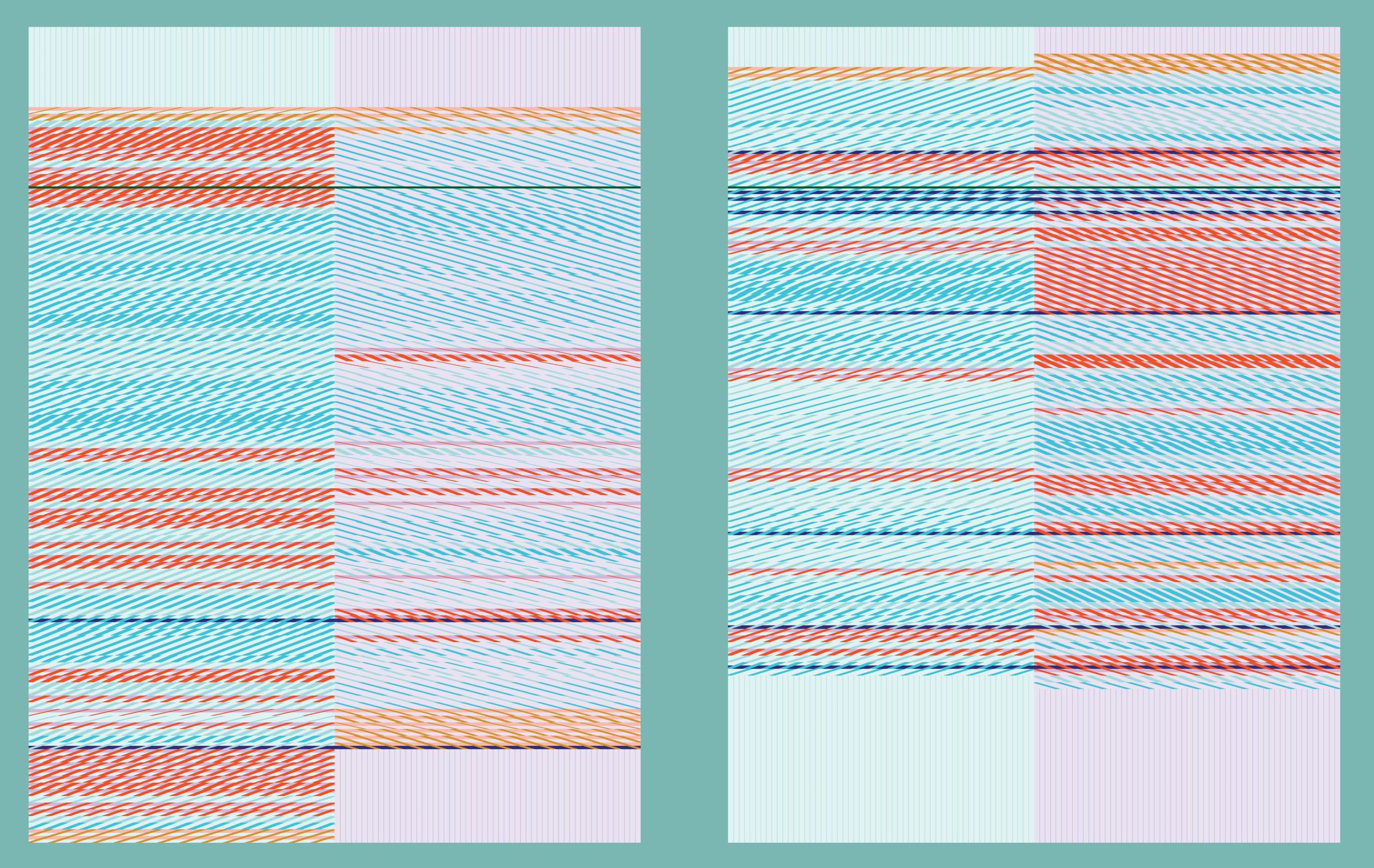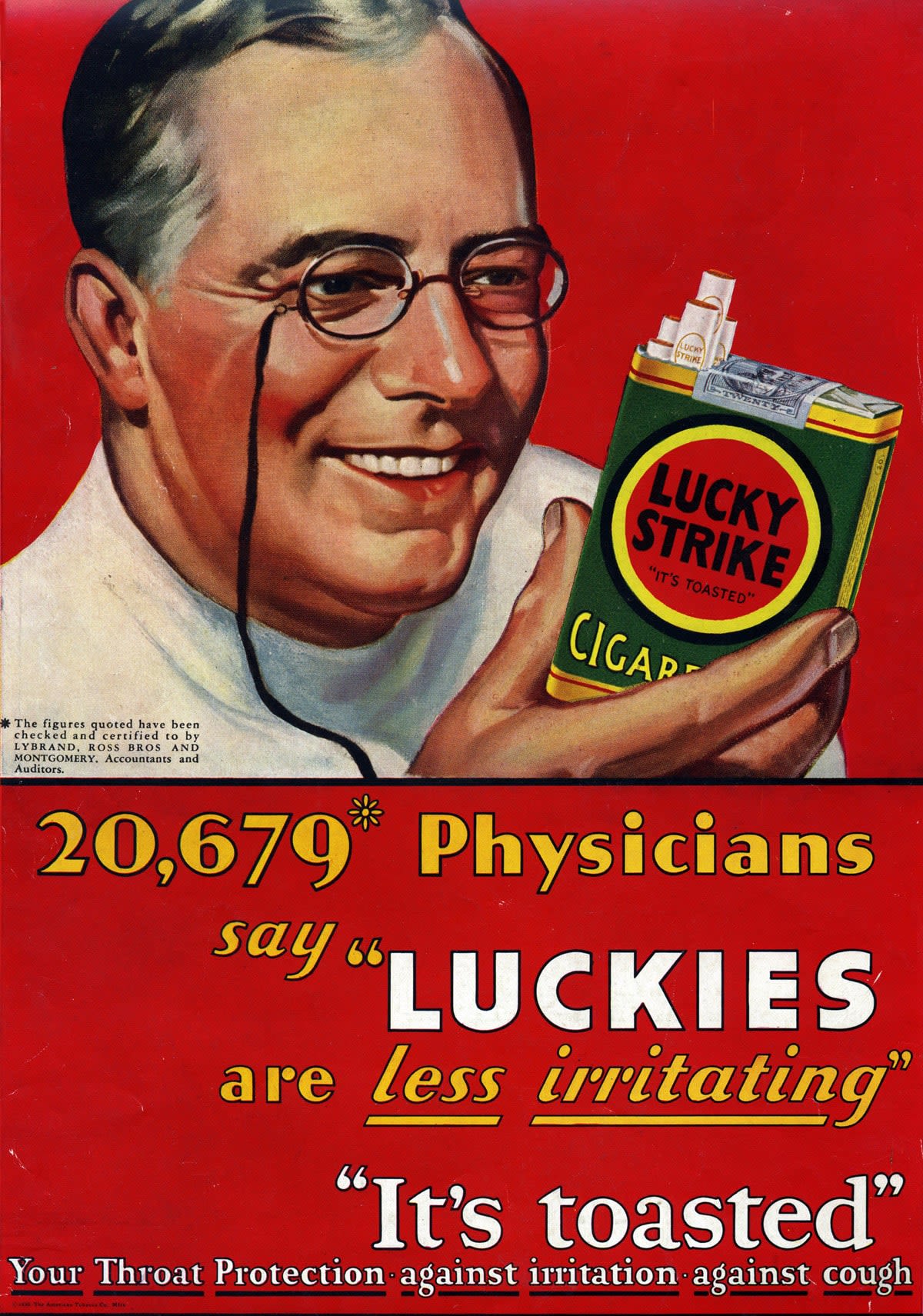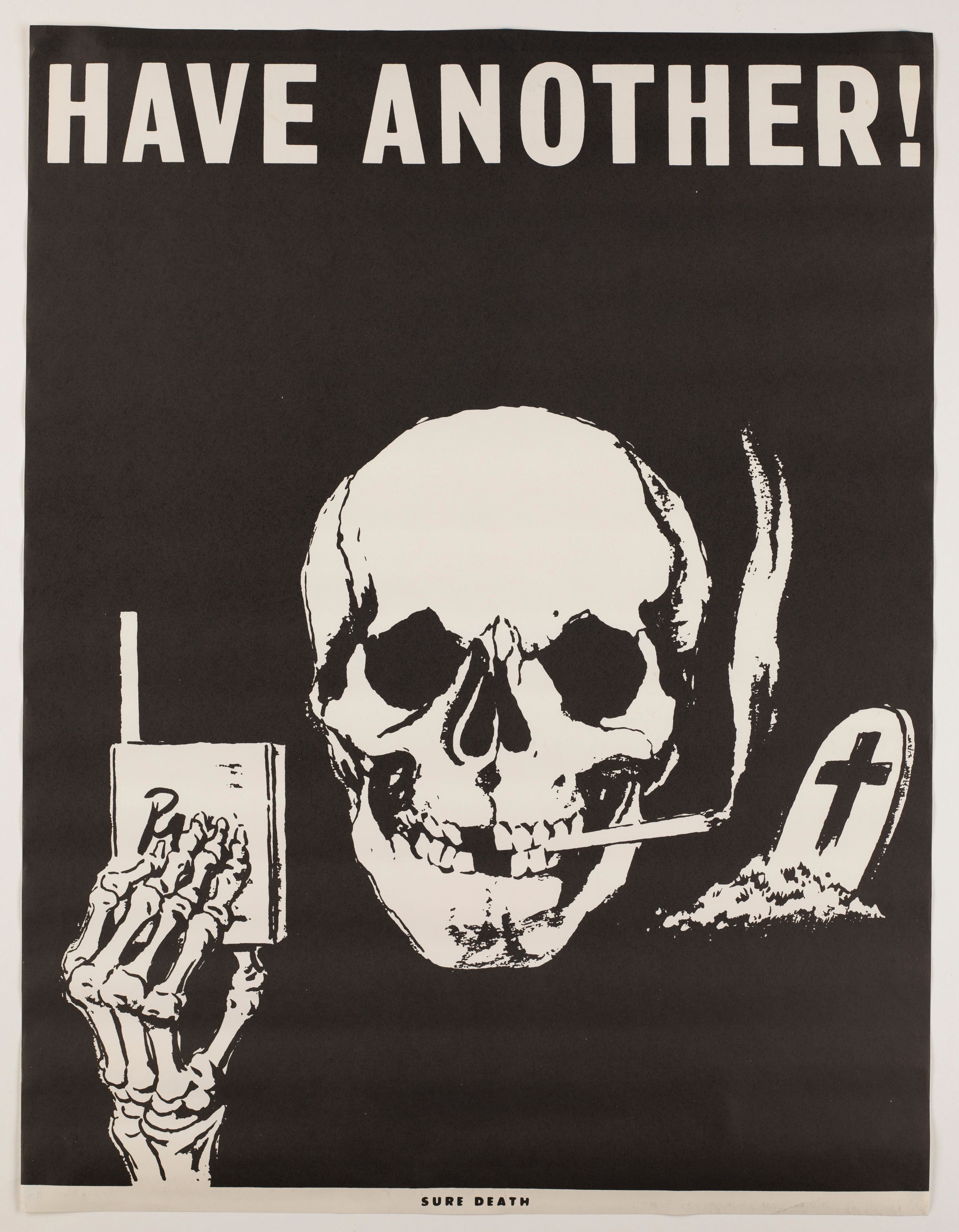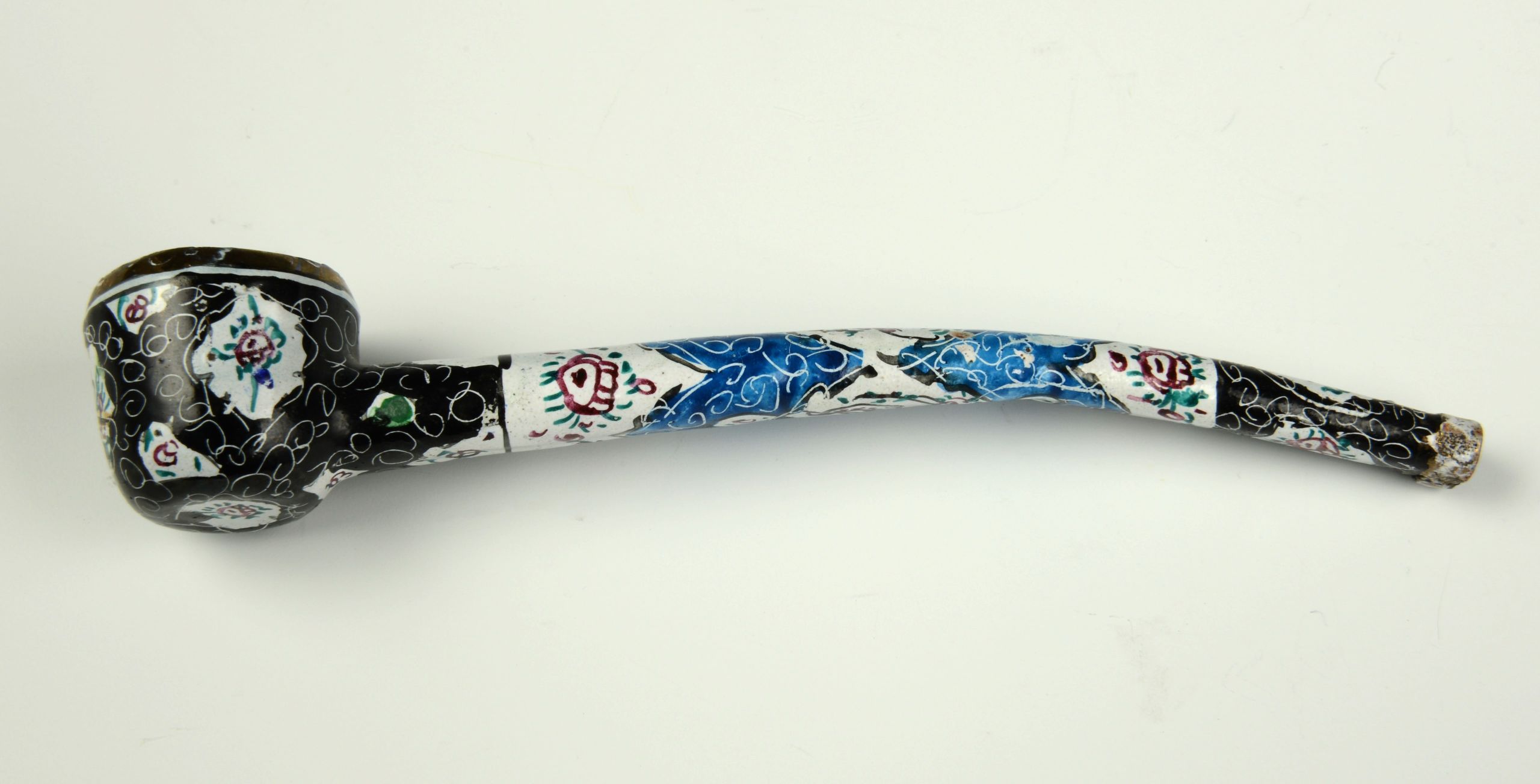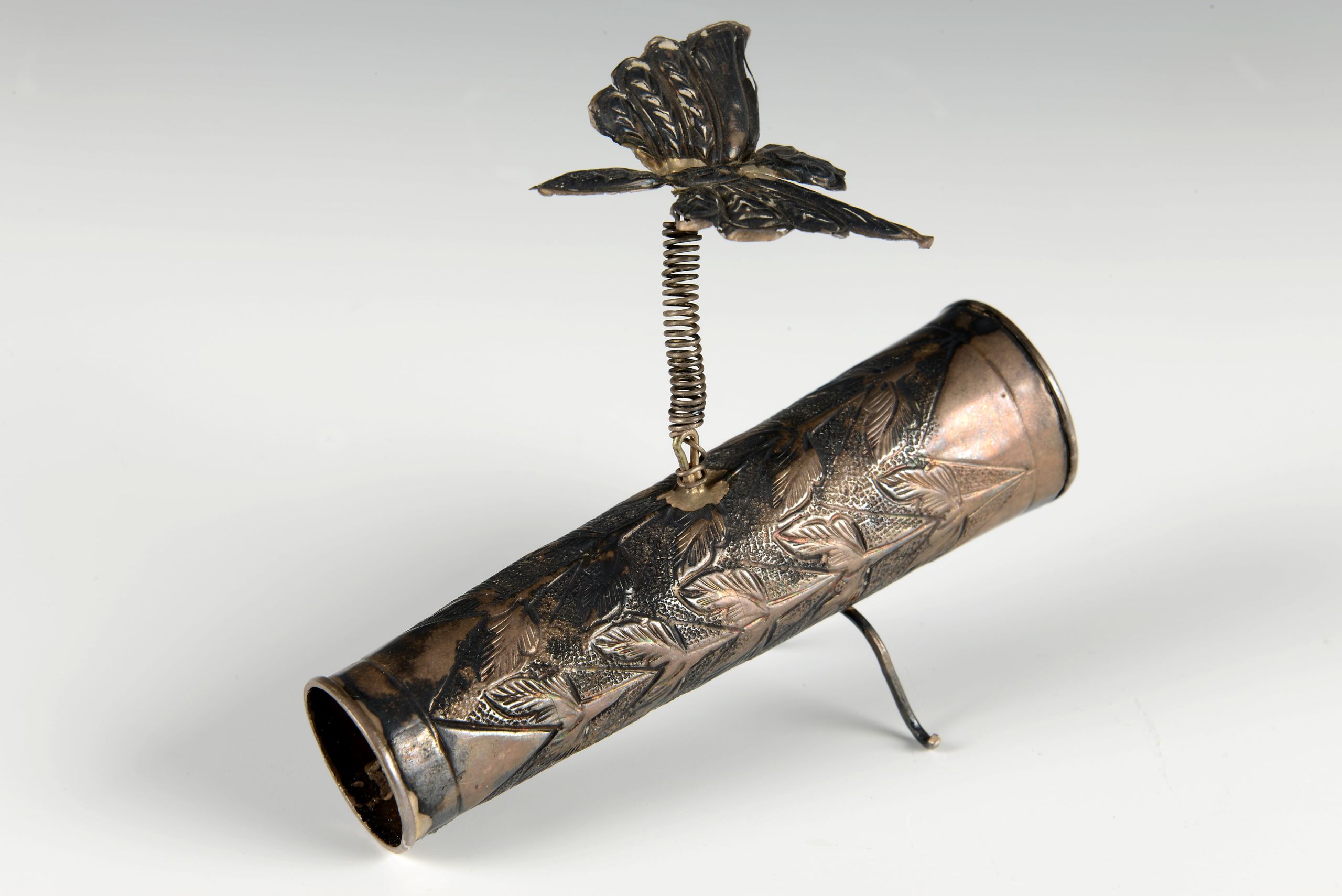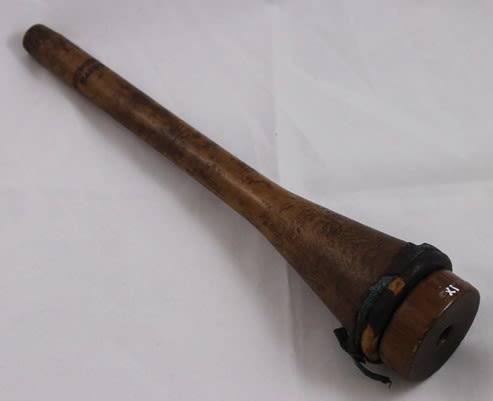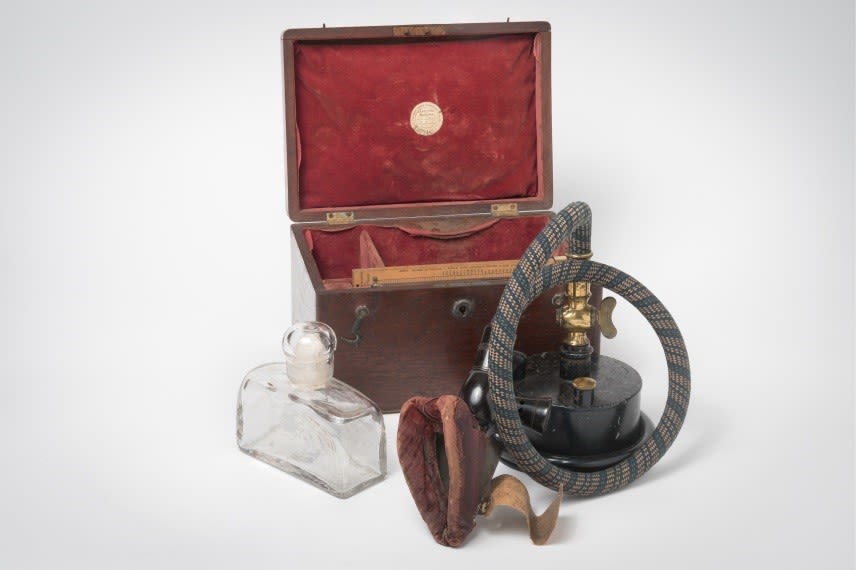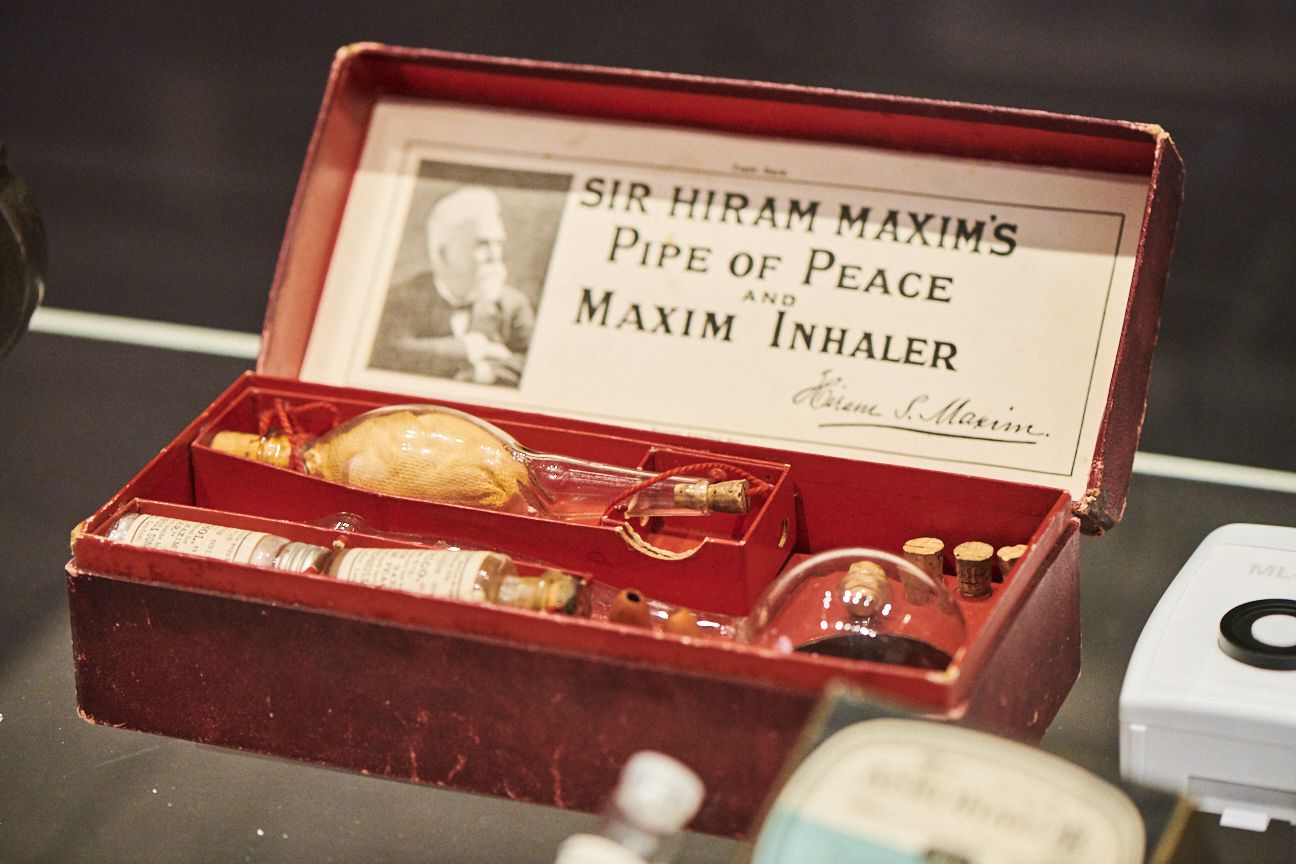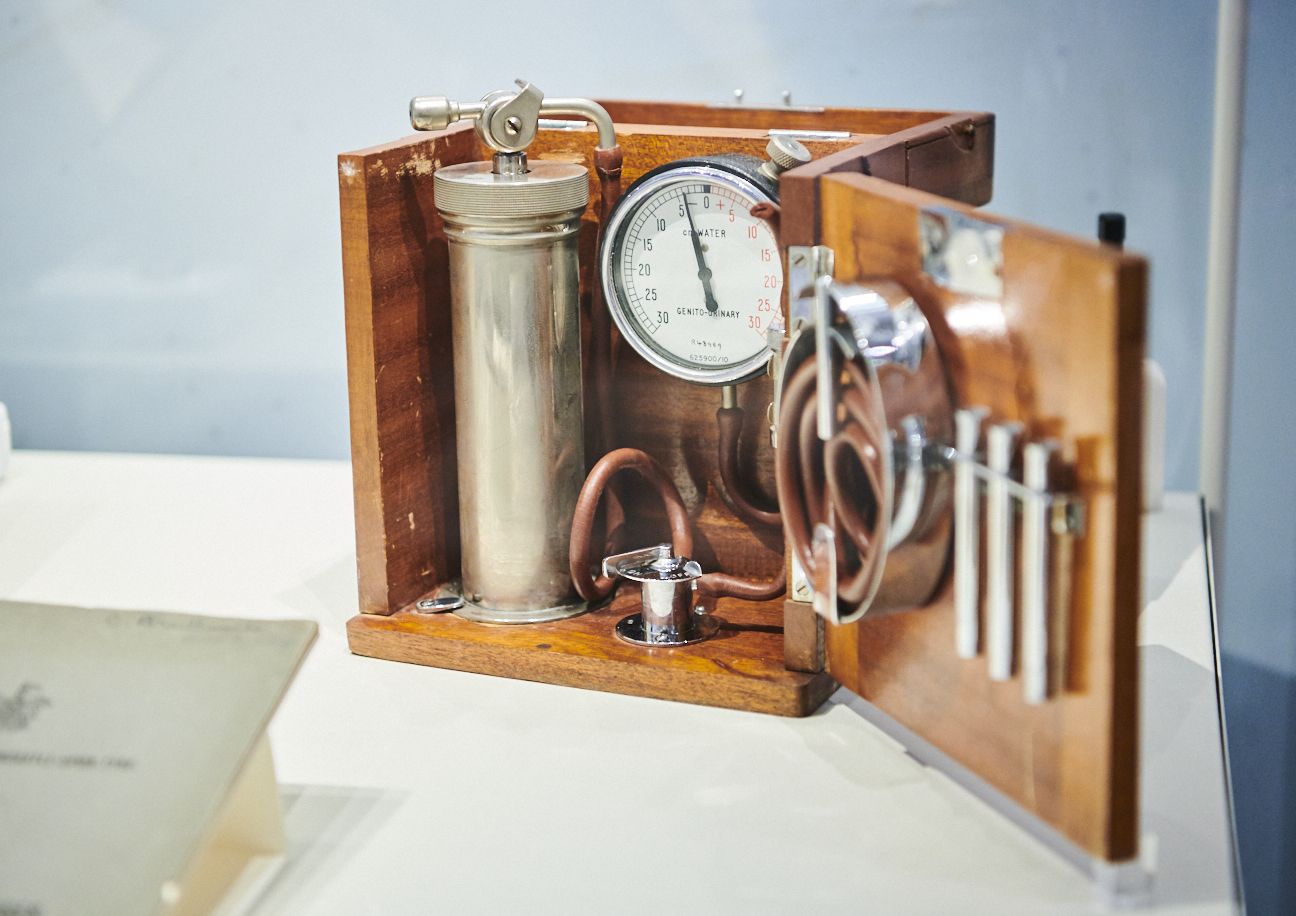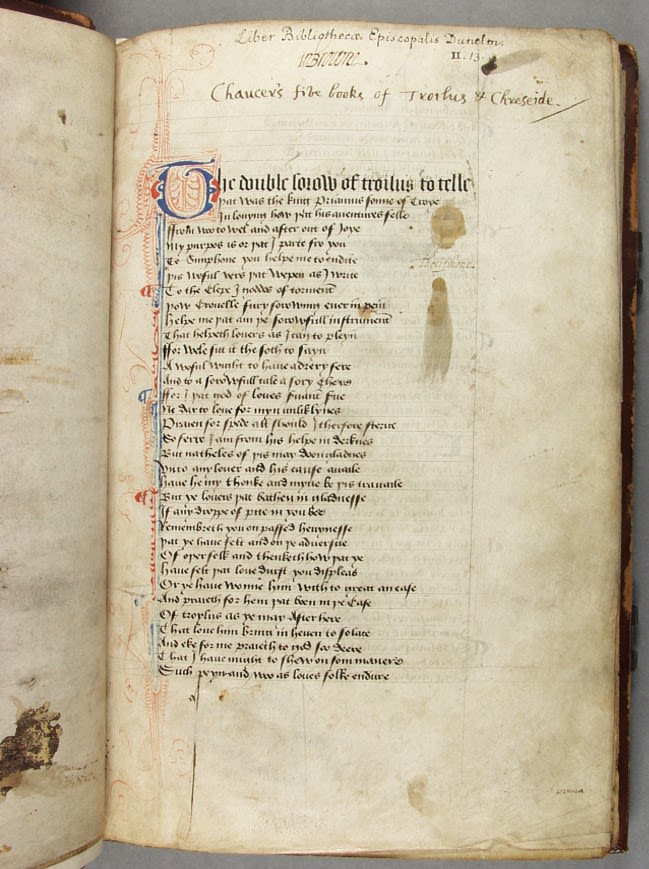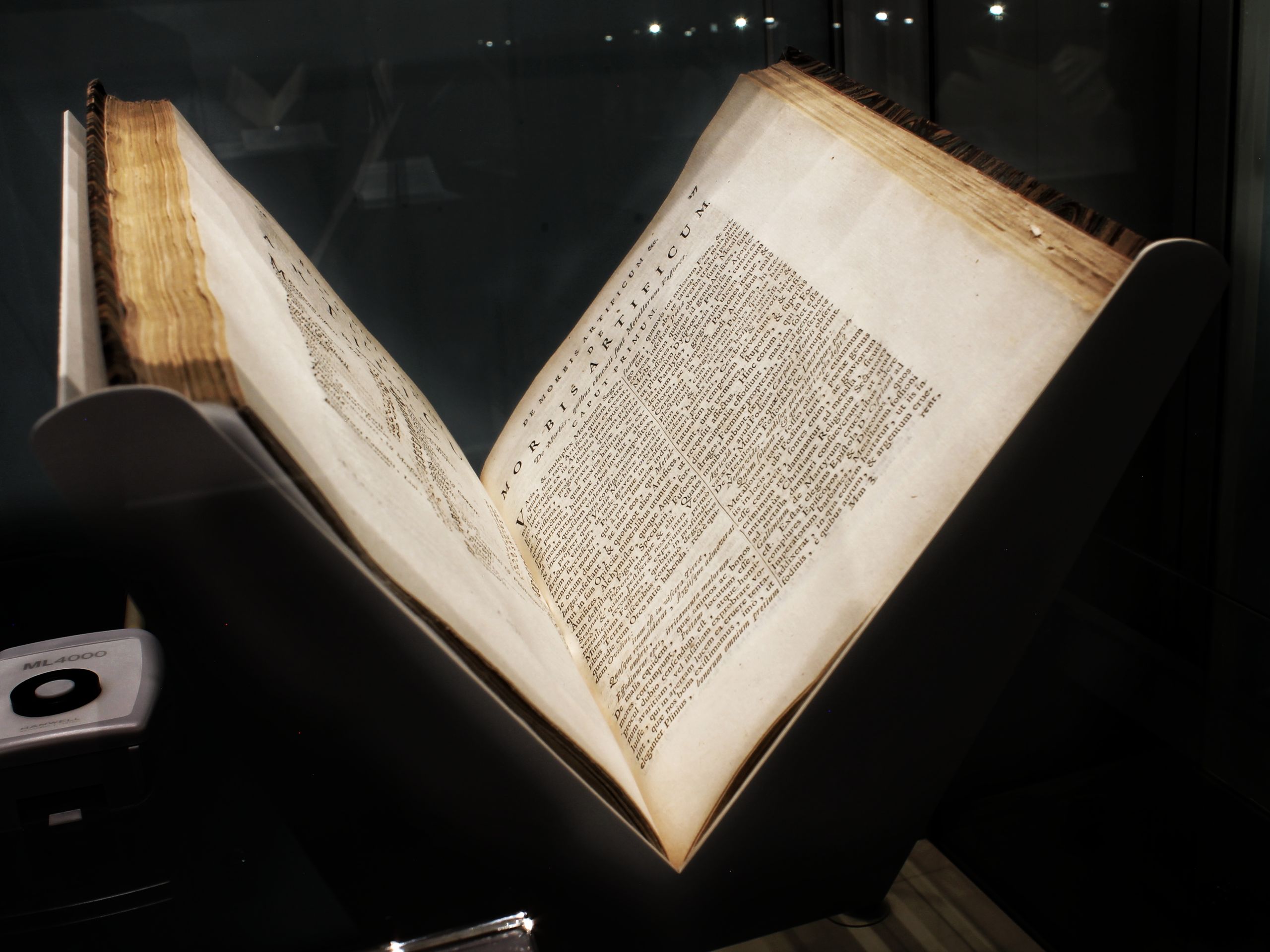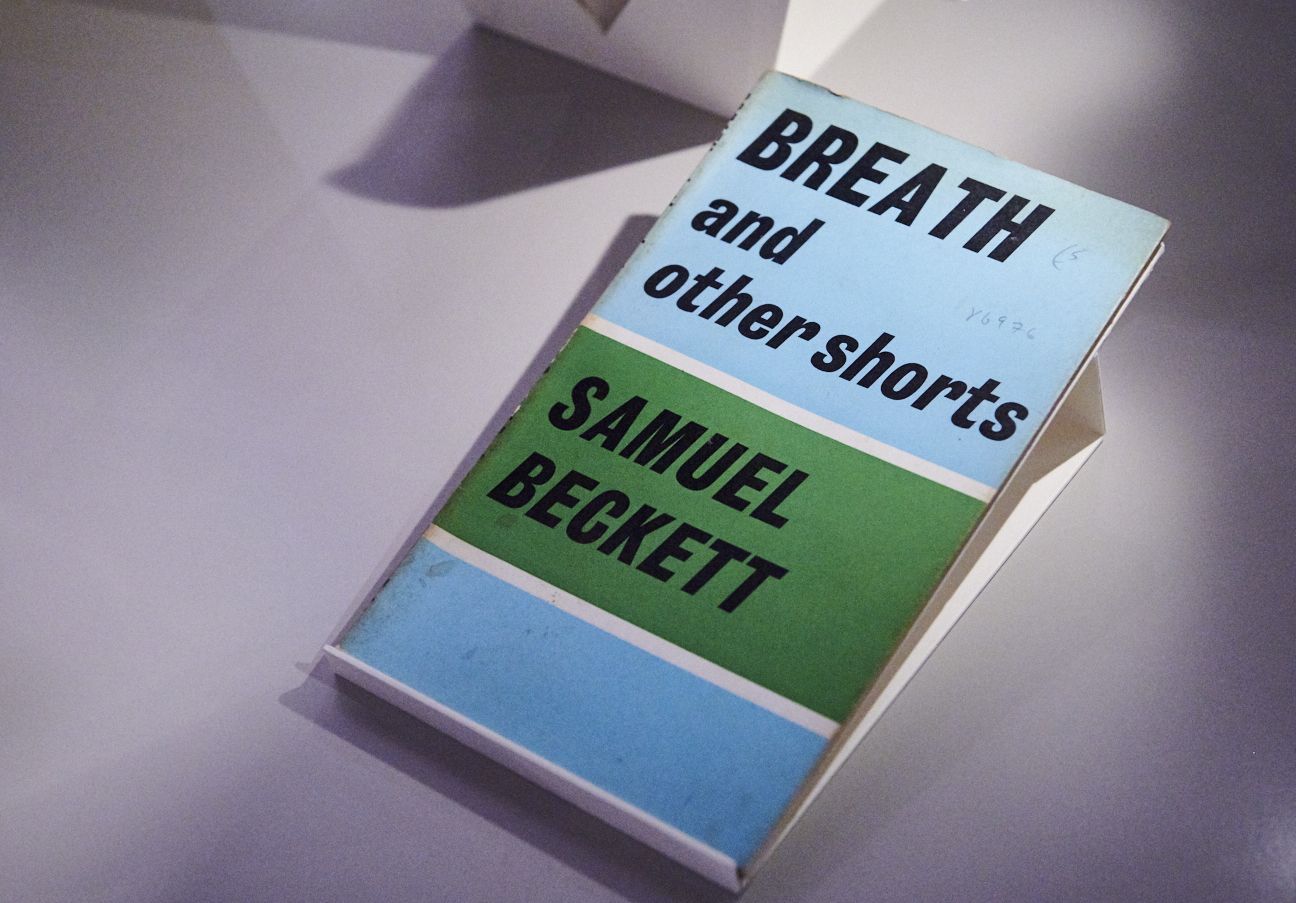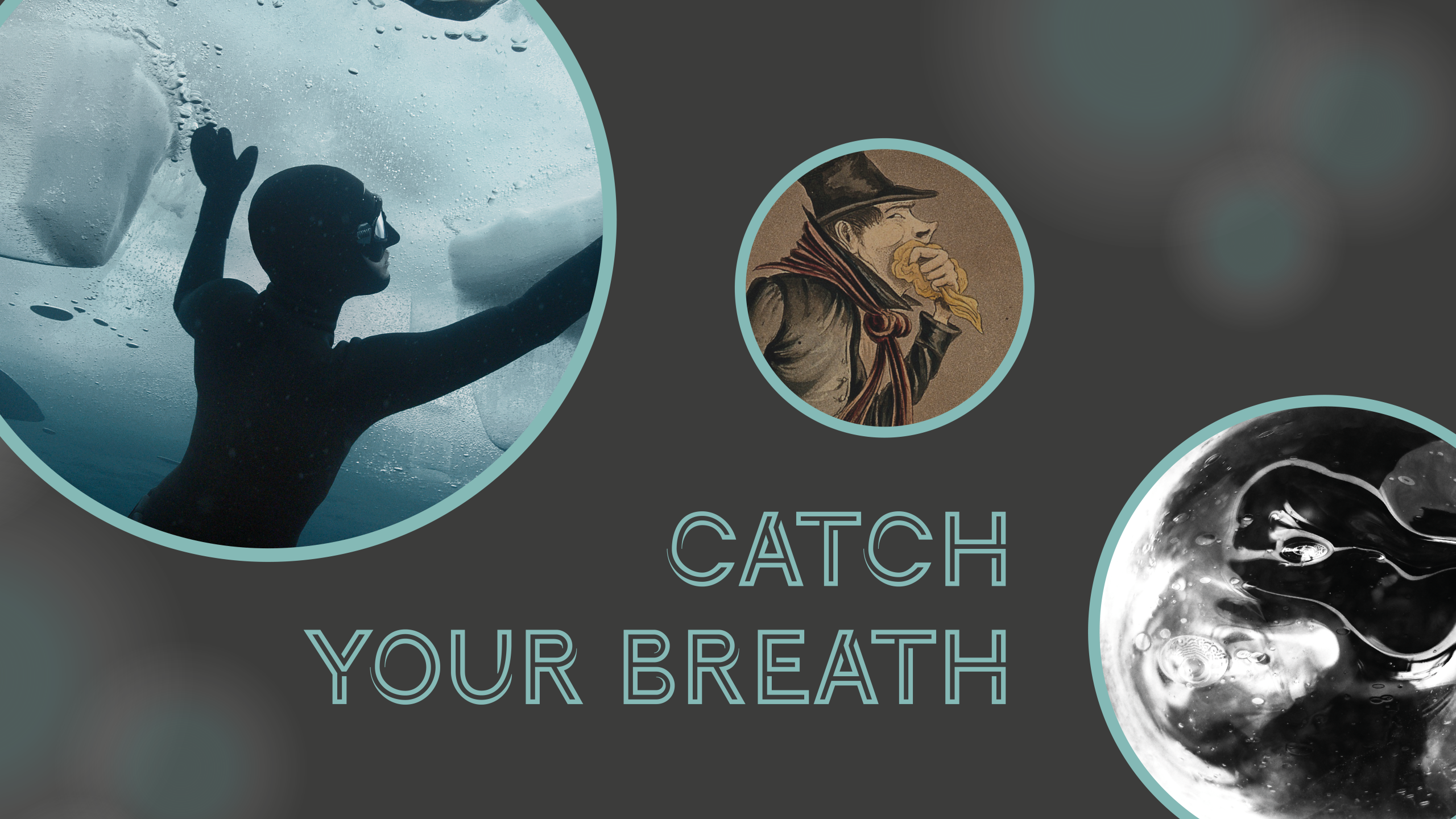
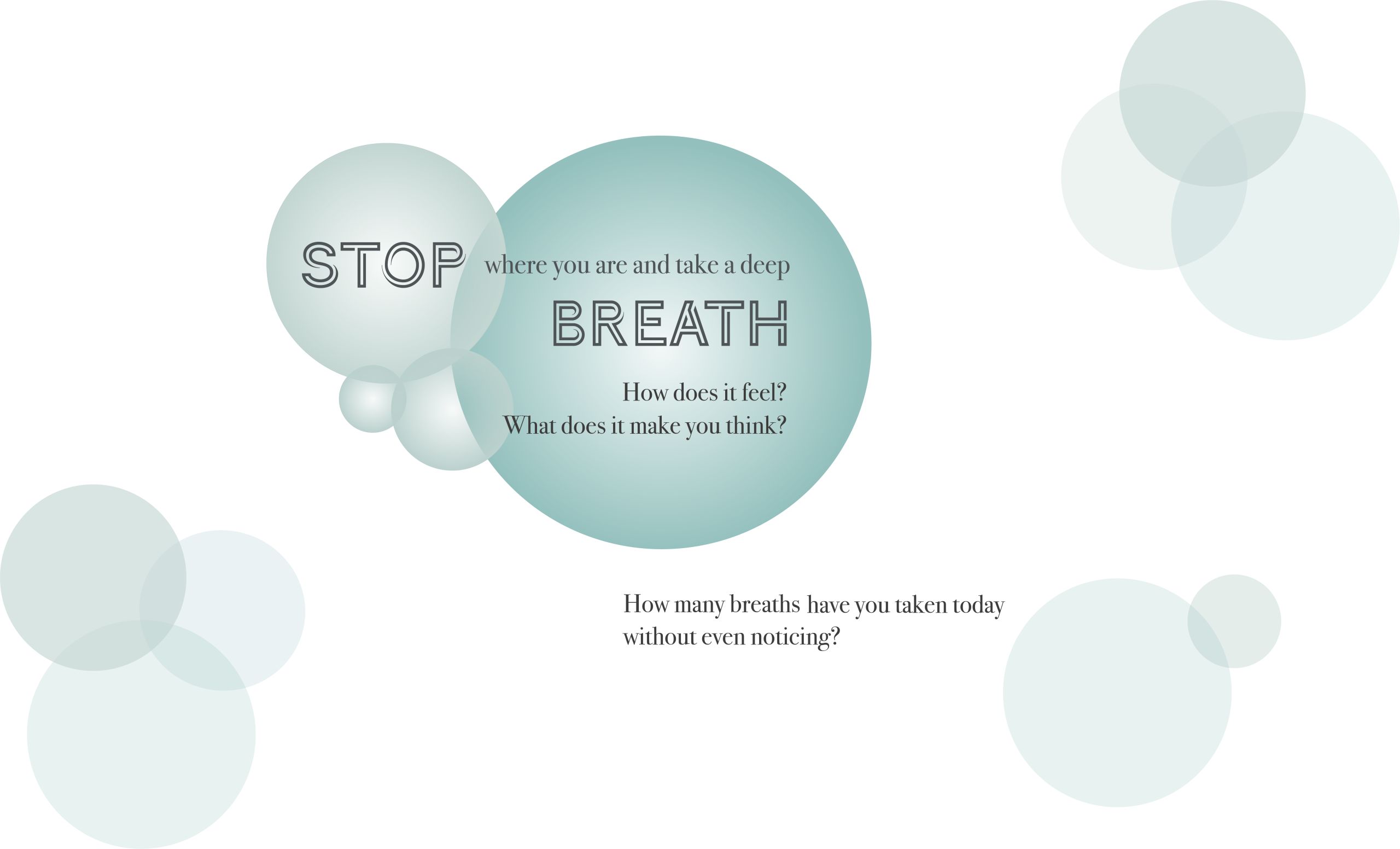

If we are lucky, we will breathe easily for most our lives. If we aren’t, we may experience the pain of our breath taken away from us by illness or injury.
From our first breath to our last, this quiet soundtrack to our lives reveals our emotions and guides us through all of the challenges we face. You may not be able to see it, but your breath is always with you.

Our breath is light and playful, dancing from our bodies into the world around us. Sometimes we catch a glimpse of it, as a fragile wisp on a cold winter day, or a nameless shape left behind on a window. Most of the time, we need something to help us see it.
Art can do this.
Some of the first known visual art was created using breath. Cueva de las Manos in Santa Cruz, Argentina, is covered with hundreds of images of hands, created over 9,000 years ago by occupants of the cave who blew paint against the outline of their own outstretched fingers.
Breath has continued to power and inspire art ever since, giving this bodily function colour, scale and emotional weight.
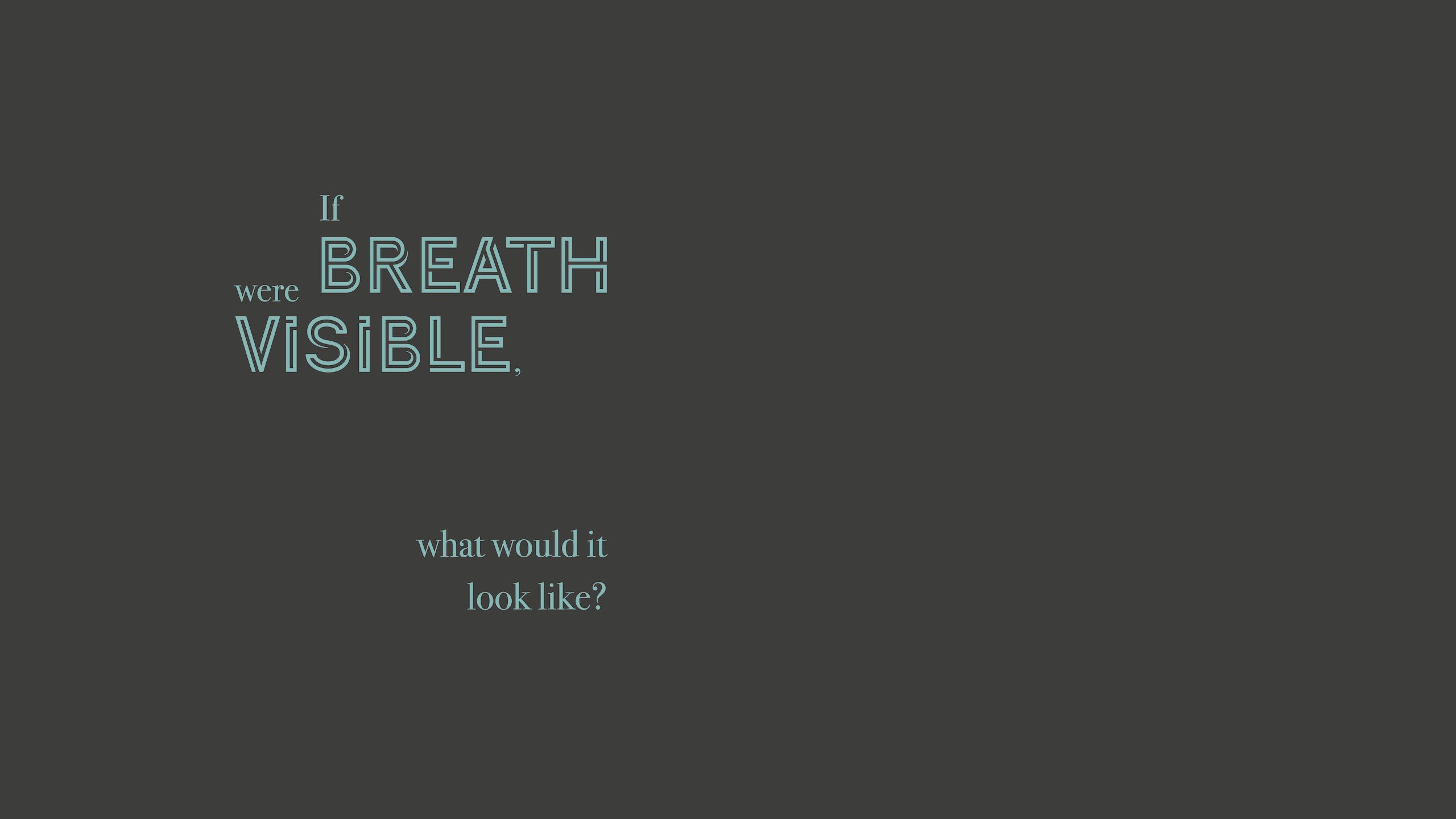
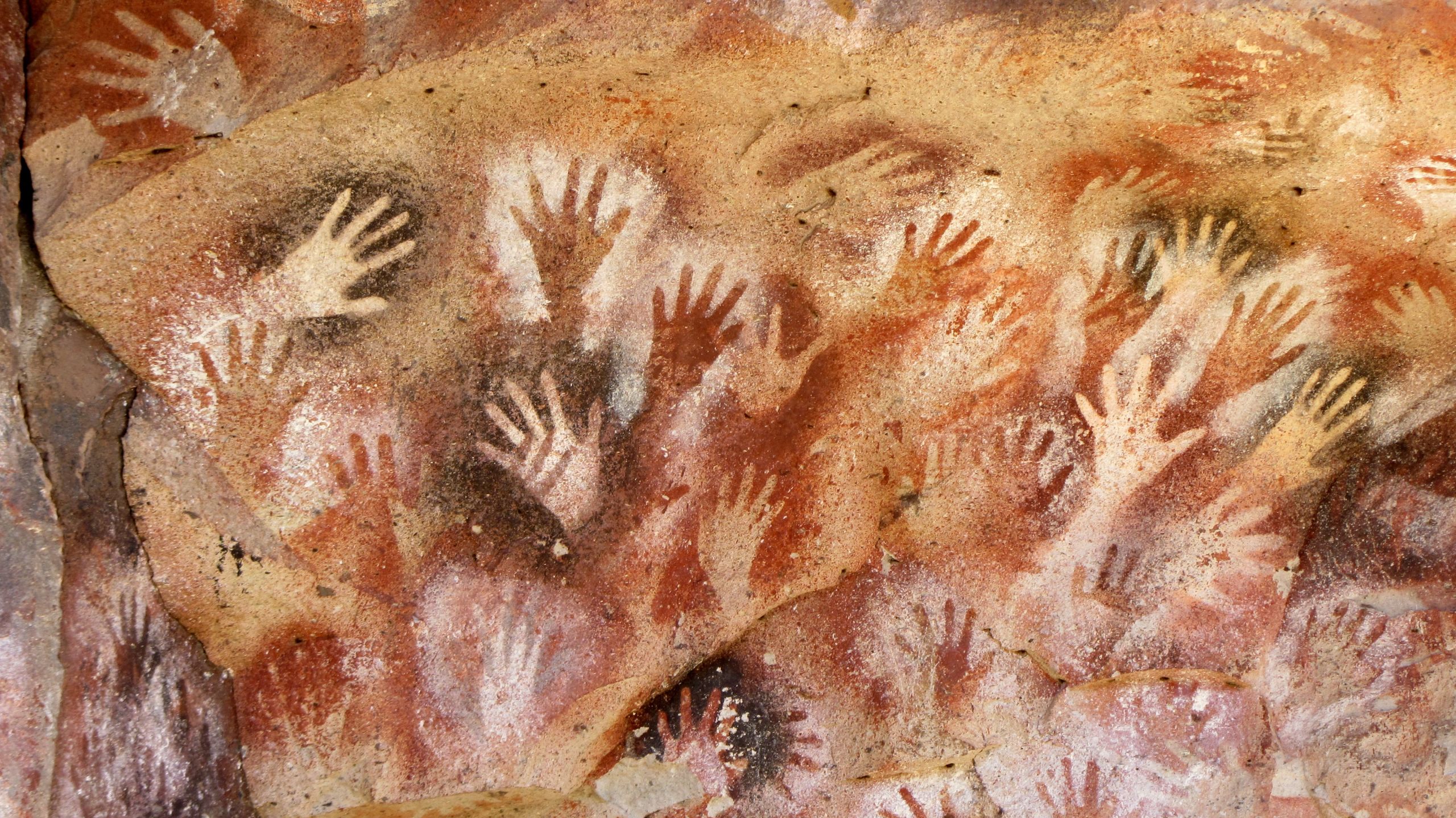
Sandro Botticelli, The Birth of Venus, c. 1486
This famous work includes a very literal visualisation of breath. To the left of the painting, the Greek wind god Zephyr can be seen blowing in the direction of the emerging Venus.
Courtesy of the National Gallery of Norway
Courtesy of the National Gallery of Norway
Edvard Munch, The Scream, 1893
Not all allusions to breath in visual art are light and playful. In this work the exhalation of breath suggests darkness and pain.
Courtesy of the United States Library of Congress
Courtesy of the United States Library of Congress
Leonard Leslie Brooke, Three Little Pigs, 1904
The power of the breath was famously harnessed by the wolf in the story of the Three Little Pigs.
Courtesy of Paulina Siniatkina: www.paulinarts.com Instagram: @paulina_siniatkina
Courtesy of Paulina Siniatkina: www.paulinarts.com Instagram: @paulina_siniatkina
Paulina Siniatkina, Don’t Speak, 2016
This painting was produced as part of the artist’s Hold Your Breath project aimed at raising awareness about tuberculosis (TB) amongst young people. Siniatkina produced this image during her 6 months of treatment in a Moscow TB clinic.
Click or tap below for full screen images
Jayne Wilton, Breathe (RB bike), 2014
Jayne Wilton, Breathe (RB bike), 2014
Jayne Wilton, Breathe (RL Stair climbing), 2014
Jayne Wilton, Breathe (RL Stair climbing), 2014
Jayne Wilton, Breathe (JP after recovery following pulmonary rehabilitation), 2014
Jayne Wilton, Breathe (JP after recovery following pulmonary rehabilitation), 2014
Jayne Wilton, Breathe series, 2014
Jayne Wilton’s work uses a variety of materials to explore the artist’s fascination with breath.
The images above were created with patients at the Royal Brompton Pulmonary Rehabilitation Unit. Wilton asked patients to breathe onto copper plates, often during periods of exercise, and then applied oil based ink before immersing the plates in ferric chloride. This process preserves the shape of the breath, creating marks and colours which form a unique portrait of the patient at various stages of illness and recovery.
Jayne Wilton, Happen, 2012
This sculpture, created by Wilton as part of a residency at Brunel University, visualises the movement of breath from the mouth as the word ‘happen’ is spoken. The audio recording of the word being said was turned into a computer simulation visualising the gas exchange, with the shape of the movement of gas then rendered in ABS plastic by a 3D printer.
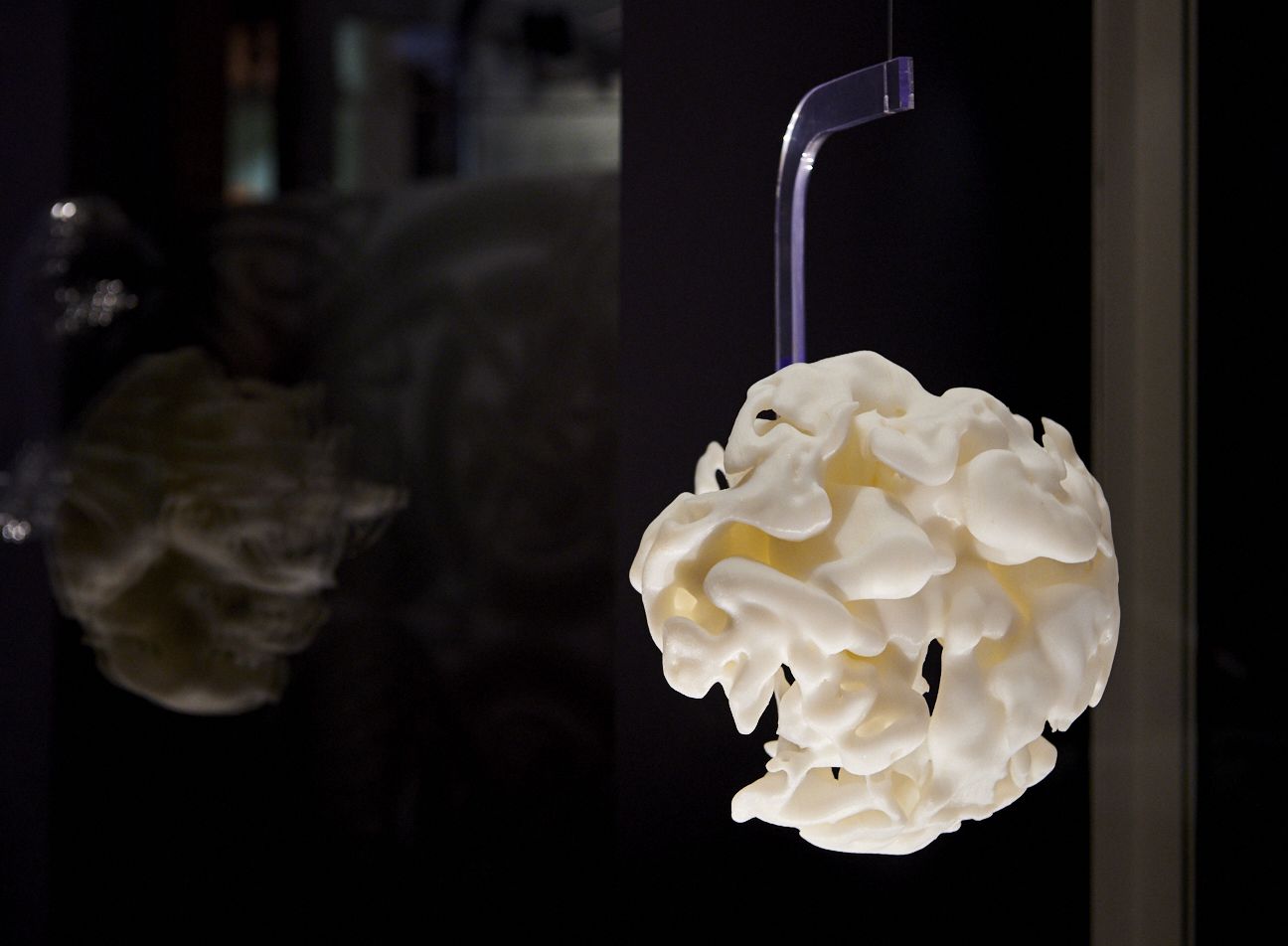
Stefanie Posavec (visuals) and Miriam Quick (music), Sleep Songs, 2018
In mid-2018, Miriam and Stefanie tracked the breathing patterns of themselves and their husbands for a night as they slept. Using data gathered from Spire Stone trackers and the Pillow sleep app, they then made two artworks from the information they collected on their breathing rate at various phases of sleep.
Stefanie created a ‘blanket of breath’ for each couple to highlight how breath wraps them close and encircles them as they sleep in their shared bed.
Miriam wrote a piece of choral music for each couple. The rhythm of each piece varies as the breathing speed of the sleeping bed-partners fluctuates over the course of the night. The data is grouped to generate five sets of rhythms in the alto parts (Miriam and Stefanie’s breaths) and tenor parts (their husbands) that have the same total duration as their real breaths, sampled every 10 or 15 minutes.
Sleep Songs is performed by musicians from the Department of Music, Durham University.
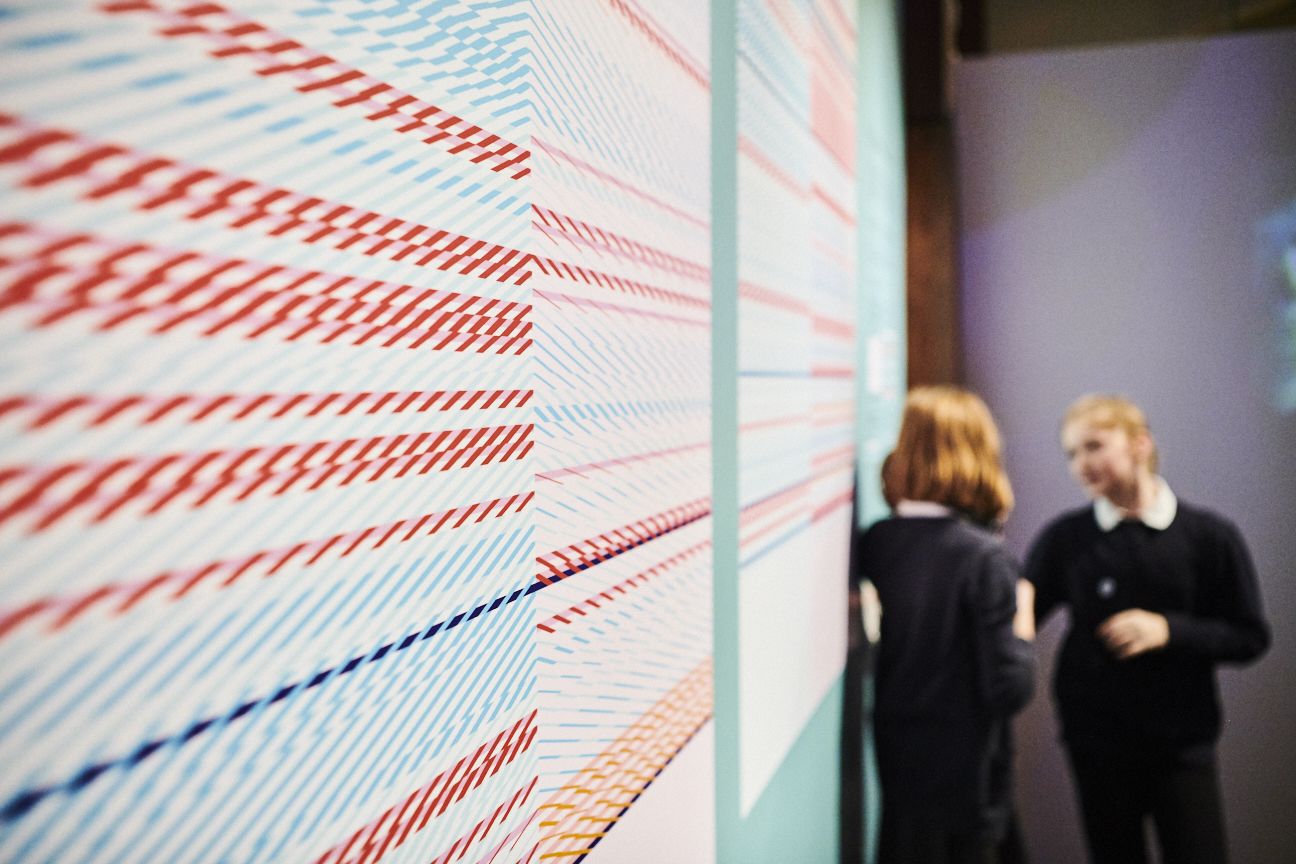
1. Each ‘blanket’ represents one couple’s night of sleep, divided into patterned bands of five minute measurements. 2. Pattern and colour represent sleep stages. 3. The number of diagonal lines represents breaths per minute (bpm). 4. An additional dark blue stripe represents where both partners breathe at the same rate.
1. Each ‘blanket’ represents one couple’s night of sleep, divided into patterned bands of five minute measurements. 2. Pattern and colour represent sleep stages. 3. The number of diagonal lines represents breaths per minute (bpm). 4. An additional dark blue stripe represents where both partners breathe at the same rate.
Helen Collard and Alistair MacDonald, Ohmerometer II, 2018
Helen Collard and Alistair MacDonald are artists who work with a variety of mediums including performance, sound, electronics, code and illusion. The work often begins with the body, in particular the importance of breath and its influence on the mind.
Commissioned by the Life of Breath project using Wellcome Trust funding, Ohmerometer II is a breath-powered installation which becomes a communal musical instrument, producing light and sound as users blow into it. Building on previous works including breath-controlled drawings, the piece is inspired by Collard’s 20 years of yoga practice, which has included study with teachers in Europe, the United States and at the Kaivalydhama Yoga Institute, India.
The Ohmerometer asks visitors to consider questions which are central to the Life of Breath project research: what can we create using our breath and what are the benefits of breathing together?
Watch the video below to see and hear the Ohmerometer in use.
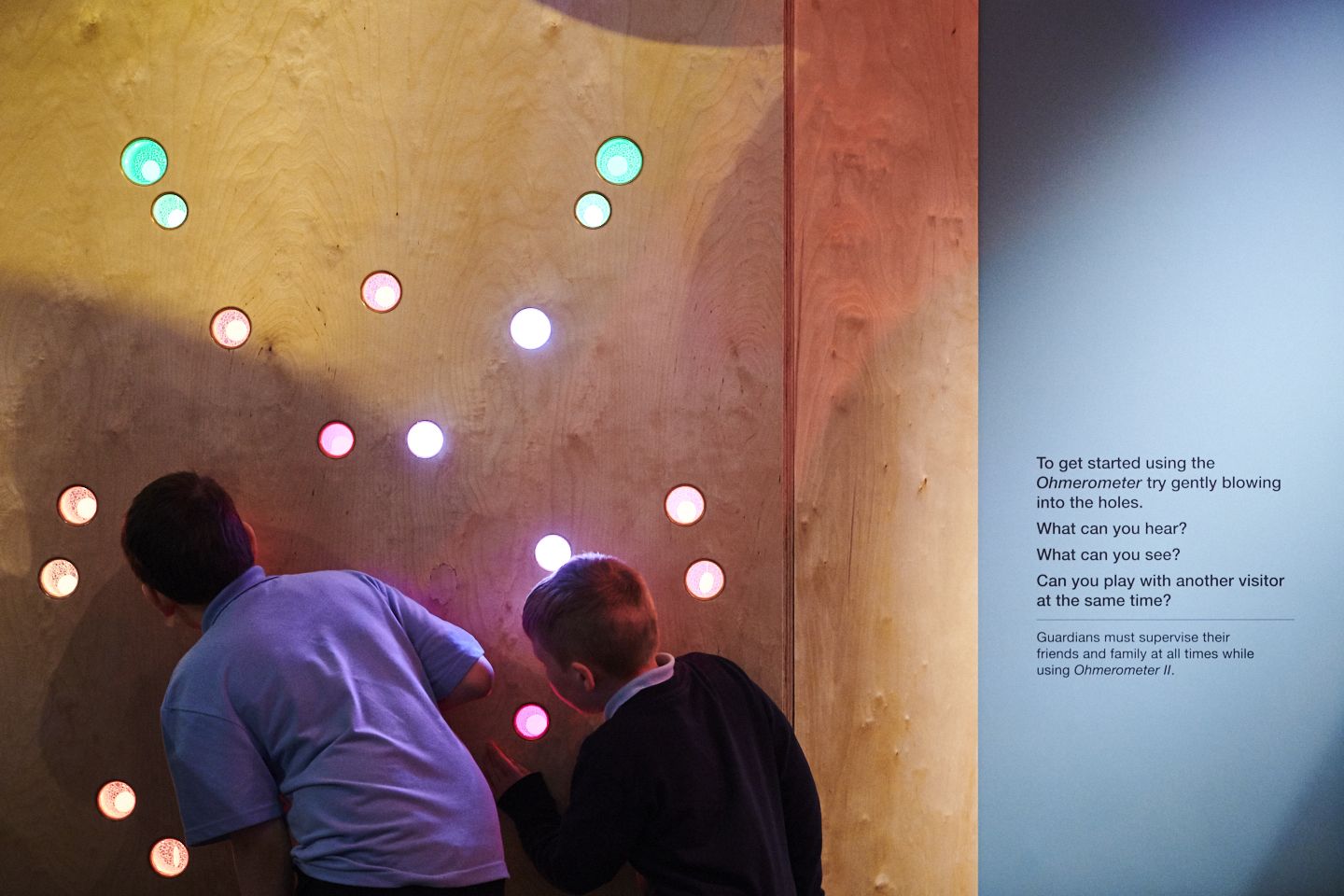
Our breath
allows us
to do
incredible
things

Athletes, singers and musicians use their breath to create art or push their bodies to new limits, while meditation and yoga illuminate the physical and emotional benefits of controlling your breathing patterns.
At the other end of the scale, those who suffer from breathlessness can find everyday activities like eating, walking, or even talking, a challenge. Sometimes breathlessness can be seen as positive; the sign of a vigorous, healthy workout, but for those affected by pathological breathlessness it can be hugely distressing and painful.
People affected by breathlessness can easily become invisible, unable to get out of their homes and participate in everyday life. The emotionally distressing personal experience of breathlessness is often overlooked in clinical settings, ignoring the effect it can have on an individual’s mood and self-esteem. .
"BREATHLESSNESS CREATES A NEW WORLD, A NEW TERRAIN TO BE NAVIGATED… WHAT I ONCE CALLED A HILL I NOW THINK OF AS A MOUNTAIN."
Havi Carel, Phenomenology of Illness, 2016
Still | Breathing (2018). What is it like to live with breathlessness? In this film, six people tell their stories of living with conditions that make it hard to breathe including asthma, COPD and anxiety.
Still | Breathing (2018). What is it like to live with breathlessness? In this film, six people tell their stories of living with conditions that make it hard to breathe including asthma, COPD and anxiety.
Chronic obstructive pulmonary disease (COPD) affects an estimated 3.7 million people in the UK, but only 900,000 people are aware that they have the condition.
Breathing problems are often seen as self-inflicted or an inevitable part of growing old. This stigma means conditions like COPD are under-diagnosed and overlooked.
Life of Breath researchers are exploring whether the techniques used by aware breathers such as athletes, musicians and yogis can help people suffering from breathlessness. Learning to control their breathing can help patients self-manage their symptoms, reducing their need for emergency medical care. This doesn’t have to mean meditation; both singing and dancing can be great for lung health and general wellbeing.
We’re looking for new ways to tackle breathlessness. You might think you can’t go to the doctor and say you can’t dance… actually, yes you can!
Life of Breath project team
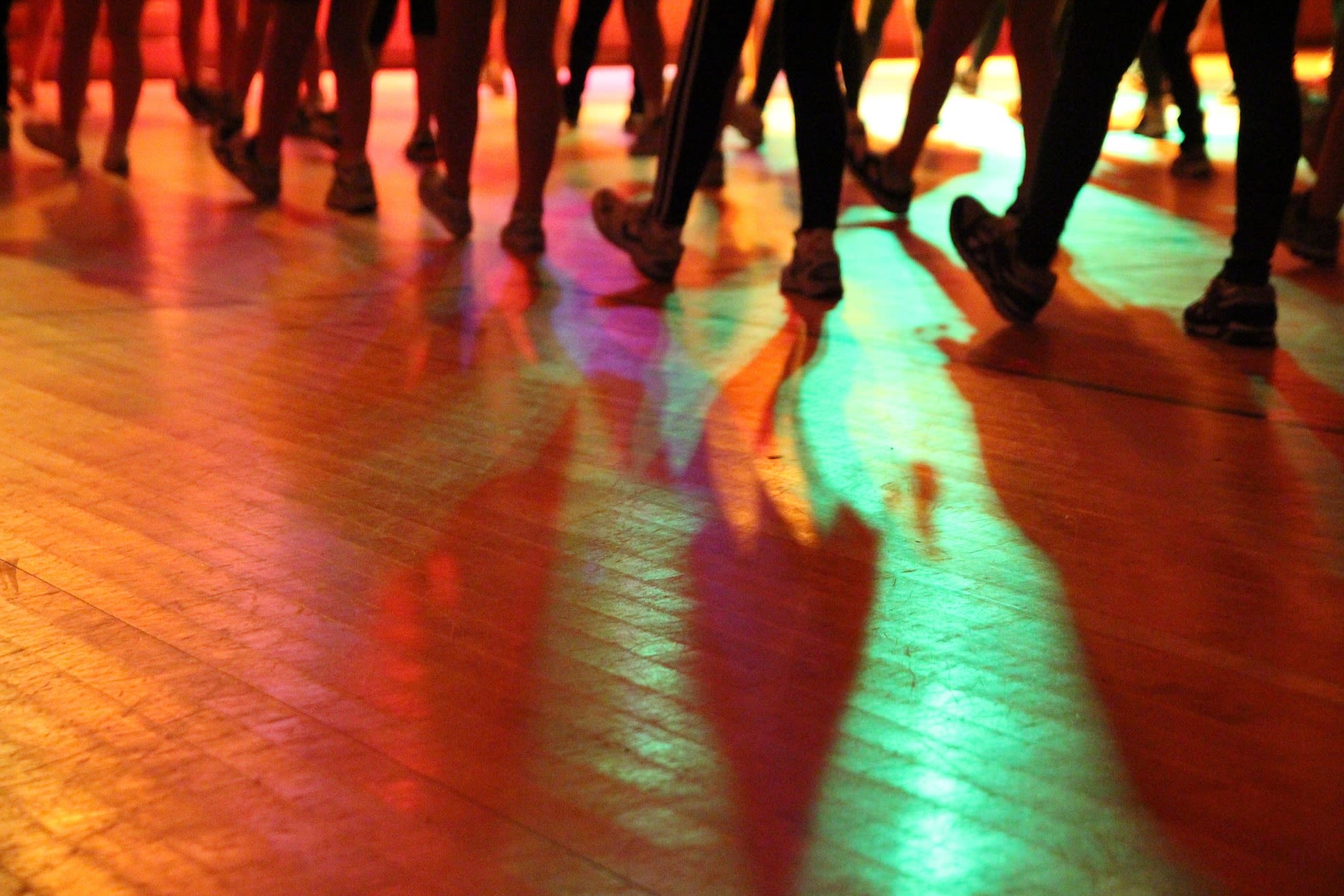
Breathing is not just a biological function; it represents freedom, adventure and, most of all, life.
Our breath connects us to the world around us. The things we inhale have the power to harm, as well as heal. We can’t always choose what we breathe in and attitudes towards what is safe and acceptable have changed over time.
The action of inhaling and exhaling is a shared and communal experience, but also unique to everyone, with its own personal meanings. Deep breaths can help us feel courageous or calm, while a lungful of fresh country air might mark an escape from our hectic, non-stop lives.
The quality of the air we breathe has a profound effect on our health and wellbeing. For people all over the world, breathing in dangerous levels of polluted air is a part of daily life and accounts for millions of deaths per year.
With the global population rising and cities becoming more polluted, particularly in developing countries, the access to clean, breathable air is an increasingly political issue.
What will the air we breathe be like in the future?

Collection of the Stanford Research Centre Into the Impact of Tobacco Advertising (tobacco.stanford.edu)
Collection of the Stanford Research Centre Into the Impact of Tobacco Advertising (tobacco.stanford.edu)
Medical understanding of how to treat lung conditions has certainly improved over the years. At various points in history, though, doctors have recommended inhaling opium, hemlock, ammonia and chlorine.
Inhaled substances also have a long history of recreational use. Nitrous oxide parties were common in 19th century Britain, while tobacco was widely smoked in South America long before it was brought to Europe in the 16th century.
The production and marketing of tobacco and cigarettes has been a subject of controversy since King James I of England (James VI of Scotland) published his treatise A Counterblaste to Tobacco in 1604. This didn’t do much to dent the popularity of the drug in the long term. Some Life of Breath project research suggests that the radical thinking associated with the European Enlightenment might be partially due to the mind-altering effects of the extraordinarily high quantities of tobacco smoked by many intellectuals in the 17th and 18th centuries.
The arrival of mass produced cigarettes in the late 1800s led to a new era of aggressive marketing campaigns, often using doctors and celebrities as advocates for the supposed benefits of smoking.
Depending on the context, smoking can be either a leisure pursuit or an action of great spiritual significance. Many different smoking rituals have emerged around the world, ranging from large scale religious ceremonies to the personal use of ornately decorated smoking pipes.
Collection of the Stanford Research Centre Into the Impact of Tobacco Advertising (tobacco.stanford.edu)
Collection of the Stanford Research Centre Into the Impact of Tobacco Advertising (tobacco.stanford.edu)
Courtesy of Wellcome Collection
Courtesy of Wellcome Collection
Iranian Pipe, 20th Century, Durham University Oriental Museum, DUROM.2017.245
Iranian Pipe, 20th Century, Durham University Oriental Museum, DUROM.2017.245
Ceremonial Cigar Holder, Brunei, 1950 - 1975, Durham University Oriental Museum, DUROM.1968.34.4
Ceremonial Cigar Holder, Brunei, 1950 - 1975, Durham University Oriental Museum, DUROM.1968.34.4
Developments in medical instruments from the 19th century onwards have helped make the mysterious invisible act of breathing visible, allowing physicians to understand our breath and develop treatments that enable us to breathe better.
French Doctor René Laennec invented the stethoscope in 1816 by rolling sheets of paper into a cylinder and placing it to a patient’s chest. This was soon refined into a version made from wood and brass like the one shown here, which was owned and used by Laennec himself. This seemingly simple invention was one of the first devices that allowed medical professionals to investigate the inner workings of a living patient, allowing them to listen to the organs of the body, including the lungs.
Laennec Stethoscope, c. 1816 – 1825, © Royal College of Physicians of London
Laennec Stethoscope, c. 1816 – 1825, © Royal College of Physicians of London
Inhaling substances for medical purposes dates back to the Ancient Egyptians and this history helps to tell the story of how our understanding of breath has evolved over time. Inhaled anaesthetics and sedatives were developed in Islamic medicine in the Middle Ages, while 19th century Europe led the way in the development of medical inhalers.
The use of inhaled anaesthetics, such as ether and chloroform, also became more common in 19th century Britain. This was thanks to their use by public figures such as Queen Victoria, who was given chloroform by Dr John Snow during the birth of at least two of her children. Snow, famous for discovering the water-borne nature of cholera, invented the anaesthetic device from the 1840s shown below.
The connection between breath and medicine isn’t just a story of technological progress. The Life of Breath project has been researching how these medical advances are interwoven with our industrial and social history, including the recognition of occupational lung disease and the need for improving working conditions.
Click or tap below for full screen images
Laennec Stethoscope, c. 1816 – 1825, © Royal College of Physicians of London
Laennec Stethoscope, c. 1816 – 1825, © Royal College of Physicians of London
Piorry-Type Stethoscope, c. 1840s, © Royal College of Physicians of London
Piorry-Type Stethoscope, c. 1840s, © Royal College of Physicians of London
Anaesthetic Face Mask and Inhaler, 1847, © Royal College of Physicians of London
Anaesthetic Face Mask and Inhaler, 1847, © Royal College of Physicians of London
Sir Hiram Maxim's Pipe of Peace, 1909 - 1910, © Royal College of Physicians of London
Sir Hiram Maxim's Pipe of Peace, 1909 - 1910, © Royal College of Physicians of London
Maxwell Artificial Pneumothorax Apparatus, c. 1930, © Royal College of Physicians of London
Maxwell Artificial Pneumothorax Apparatus, c. 1930, © Royal College of Physicians of London
Literature and film help us to understand the personal relationship we have with our breath, allowing us to recognise and reflect on the emotions that our breath conveys.
The rich and varied language of breath has developed over time not just due to doctors and clinicians, but authors, playwrights and poets as well. Just as breath fills our lungs, it has helped to fill the pages of writers across centuries. Recognising it as more than just a biological function, writers have explored the metaphorical significance of breath, linking it to ideas of strength and freedom.
Medical humanities research, such as the Life of Breath project, explores how art and culture can inform our understanding of illness and wellbeing, creating a more rounded picture than purely clinical diagnosis can offer.
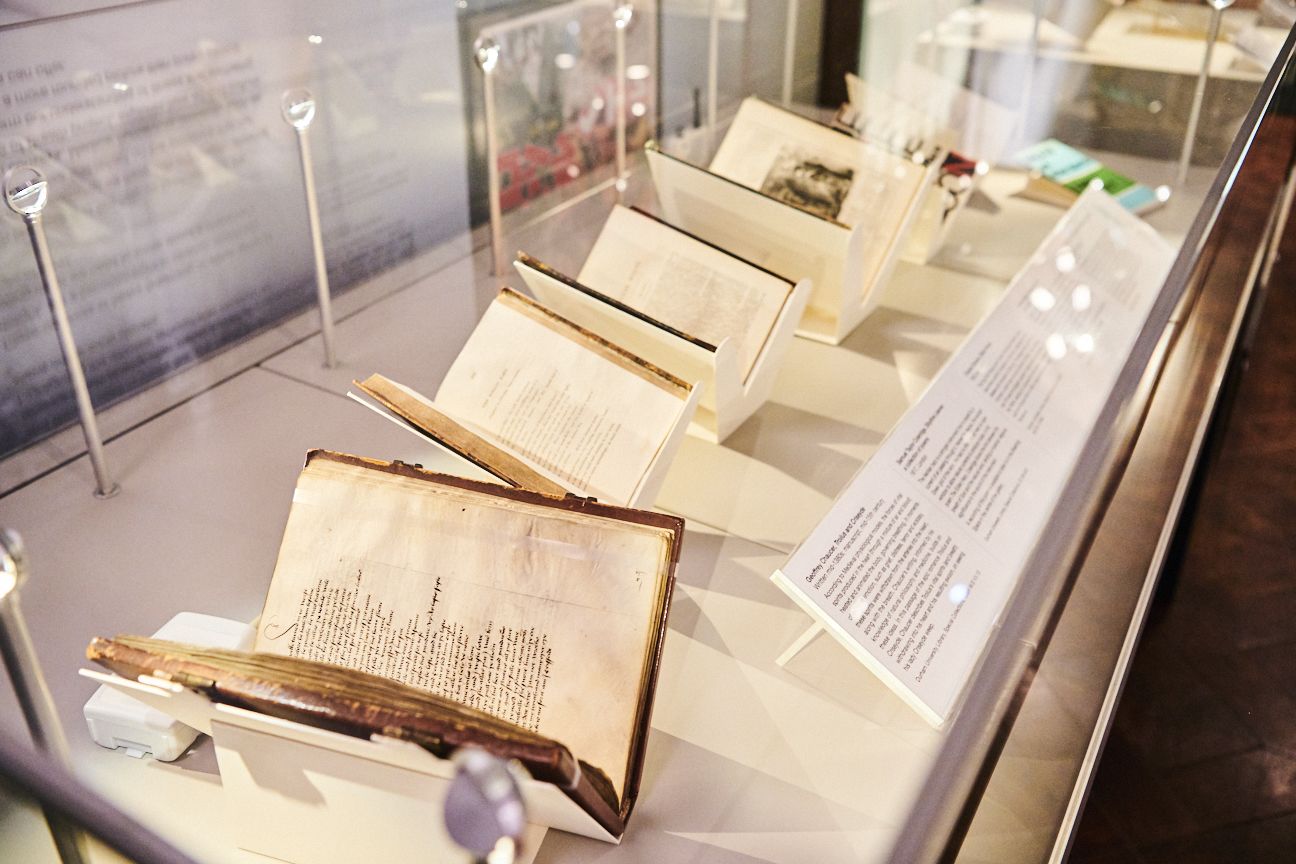
Geoffrey Chaucer, Troilus and Criseyde
Written mid-1380s; manuscript, mid-15th century
According to Medieval physiological models, the forces of vital spirits produced in the heart (through a mixture of air and blood) heated and animated the body, governing breathing. In moments of extreme emotion, such as grief, distress, terror and ecstasy, these spirits were withdrawn from the arteries into the heart, along with the breath. Chaucer’s writing, informed by his knowledge of natural philosophy and medicine, builds on these ideas. In a key passage of the epic romance Troilus and Criseyde, Chaucer describes Troilus's vital spirits (and breath) withdrawing into his heart and his resulting swoon, on seeing his lady Criseyde weep.
Durham University Library, Special Collections, Cosin M.S V.II.13
Bernardino Ramazzini, Opera omnia medica & physiologica
1718, London
Written in 1700, Ramazzini’s De Morbis Artificum Diatriba (Diseases of Workers) was the first book to explore the subject of occupational diseases in detail. Ramazzini conducted interviews at many different workplaces as part of his research, with his text outlining the health hazards of inhaling various chemicals, metals and dust.
Durham University Library, Special Collections, Kellett 392
Samuel Beckett, Breath
1971, London
Samuel Beckett’s controversial play Breath was commissioned as part of the erotic theatrical revue Oh! Calcutta! and was first performed in New York in 1969. Beckett removed his play from London performances of the revue after his stage directions were altered to add ‘naked people’ alongside the miscellaneous rubbish. Lasting around 35 seconds, Breath is seen by some as a comment on the futility of life and was described by Beckett himself as a “farce in five acts”.
Durham University Library
Breath was later adpated and filmed by artist Damien Hirst, who litters the stage with hospital and medical waste, emphasising the idea of the first and last breath as the bookends to our life.
Breath, 2001 Directed by Damien Hirst. Produced by Blue Angel Films and Tyrone Productions
We want to know if this exhibition has made you think differently about your breath.
What has the exhibition inspired you to do differently?
Who do you know that experiences breathlessness?
How has this exhibition helped you to understand their lives better?
Get in touch: imh.mail@durham.ac.uk


